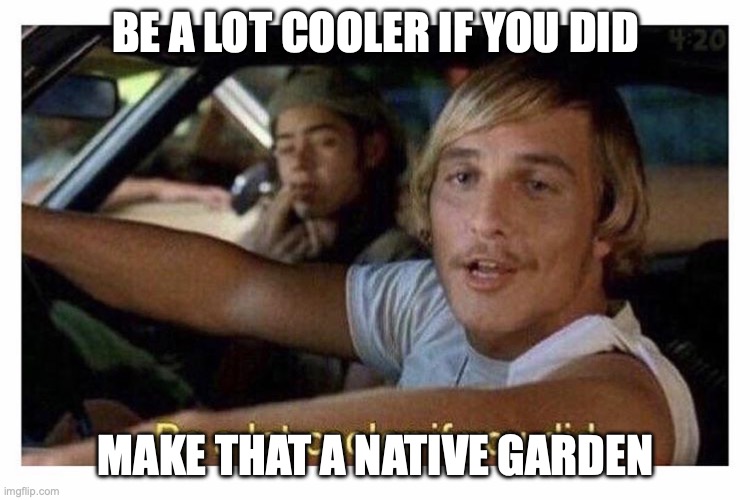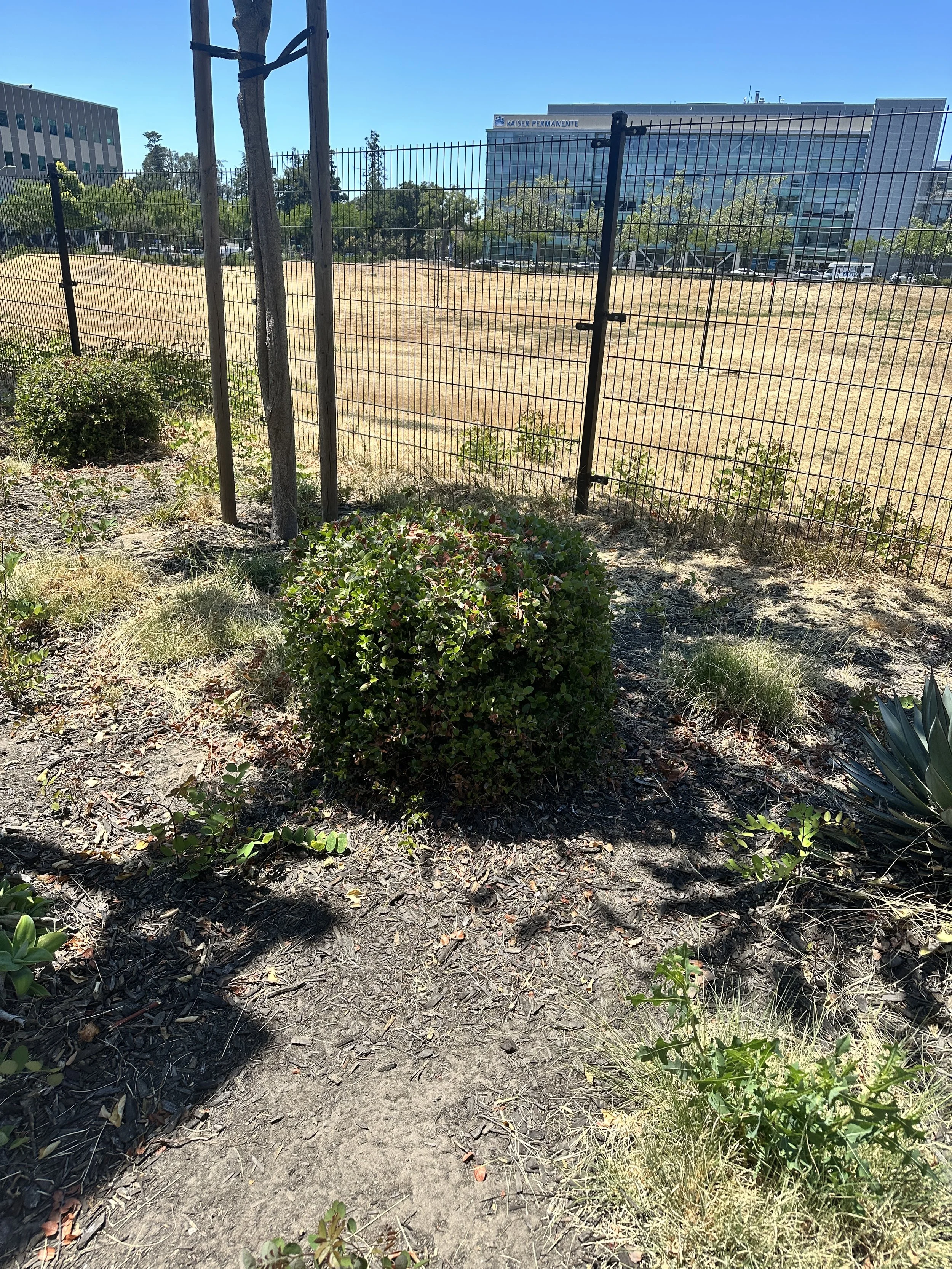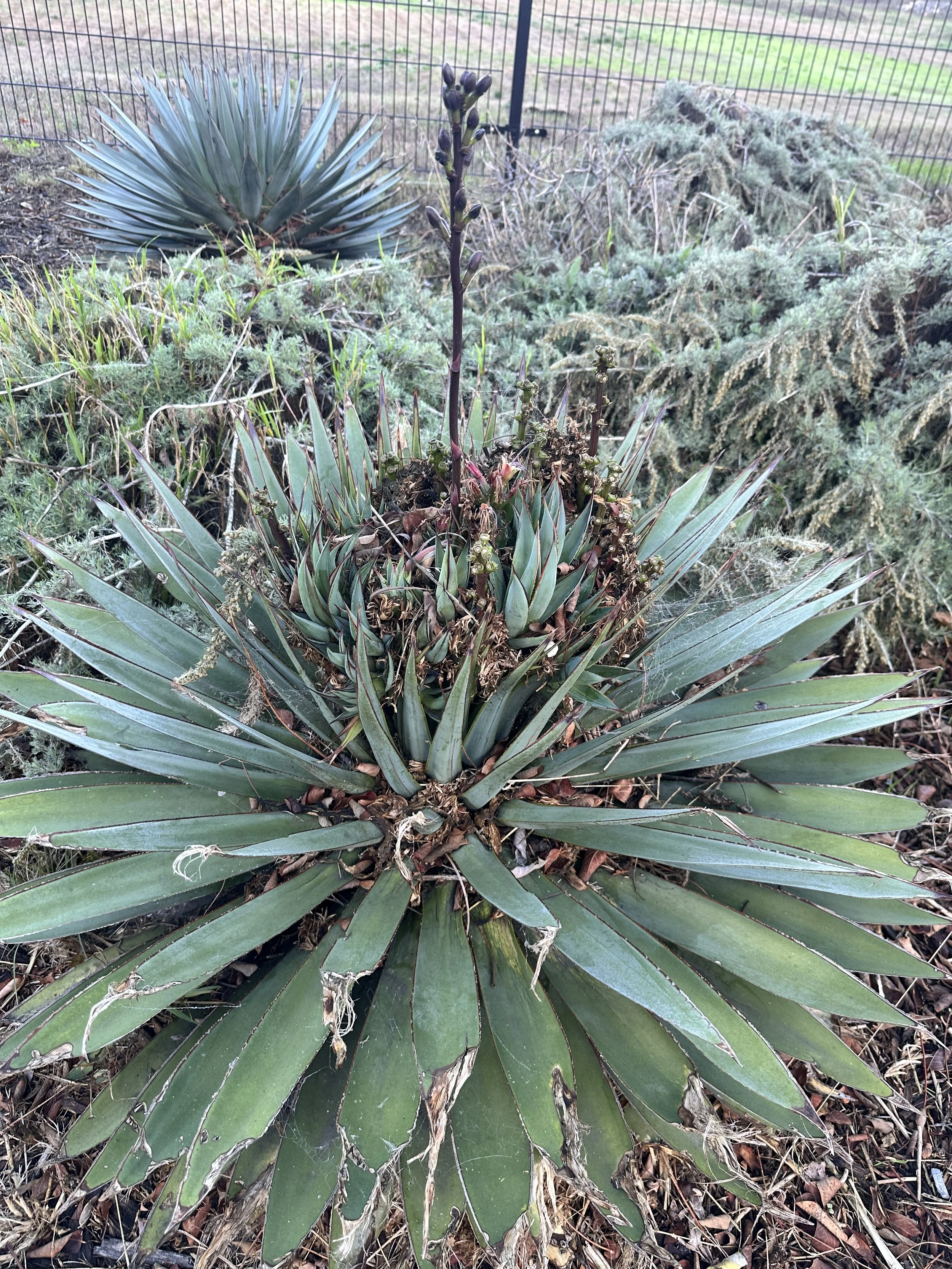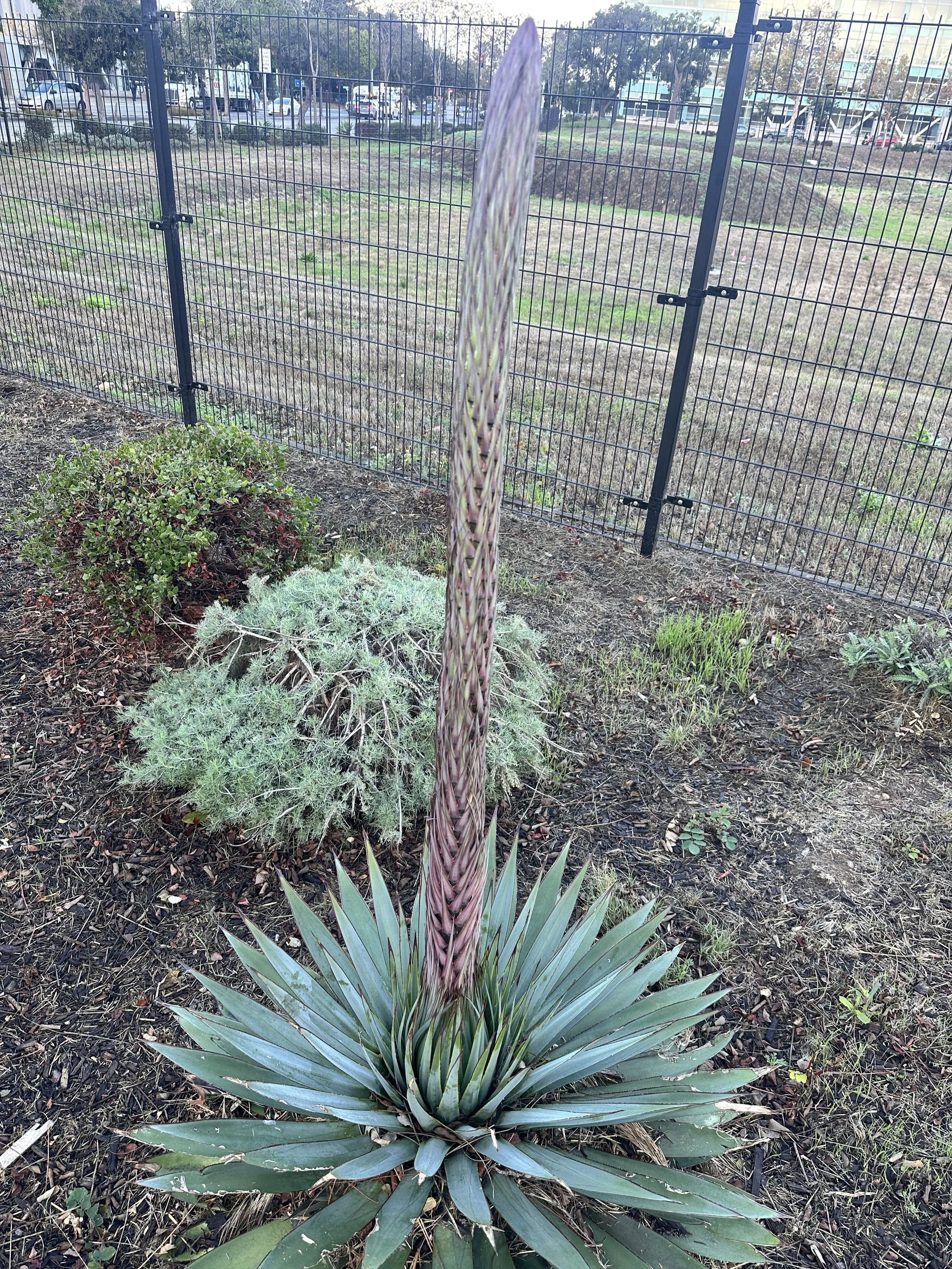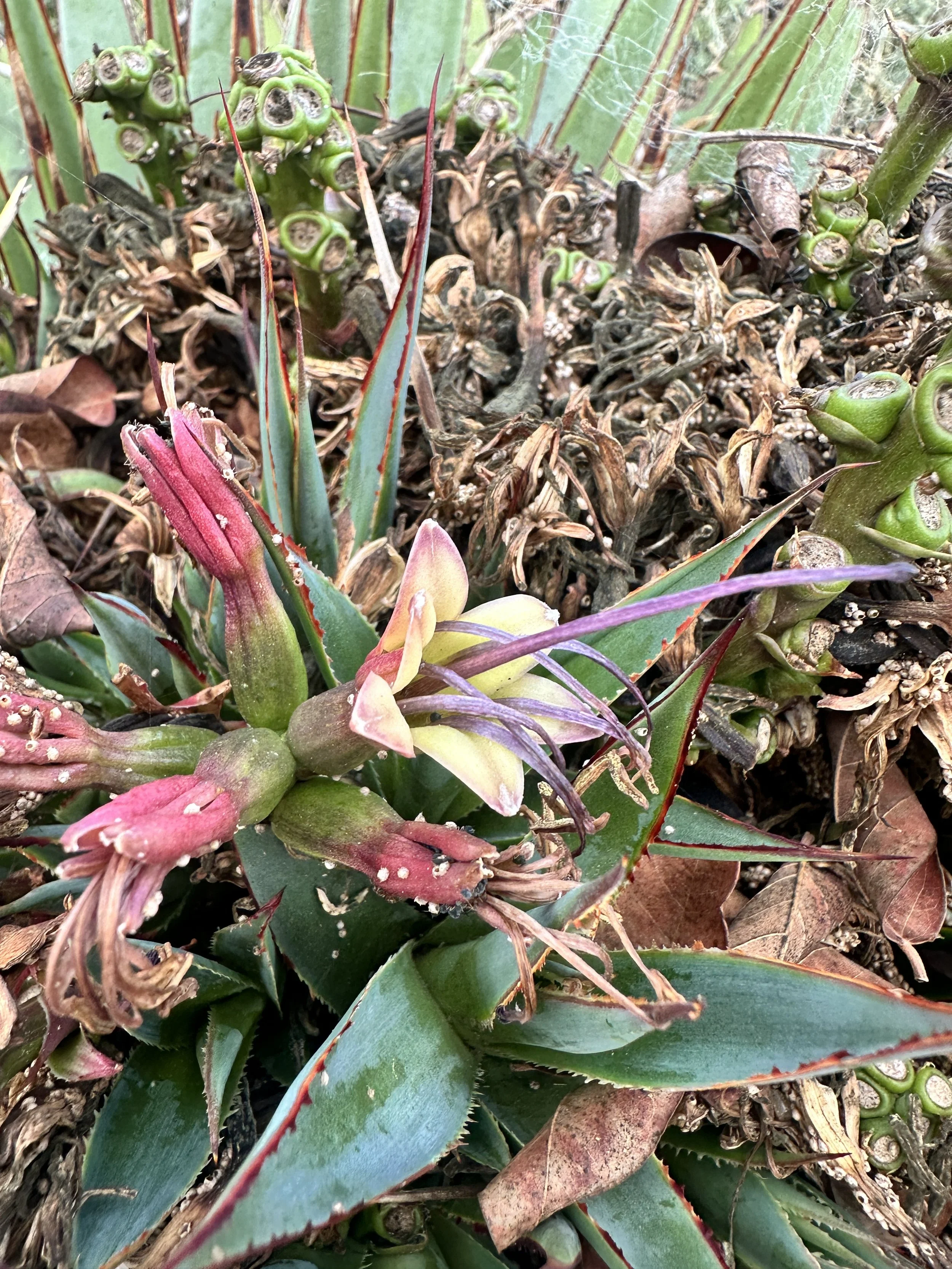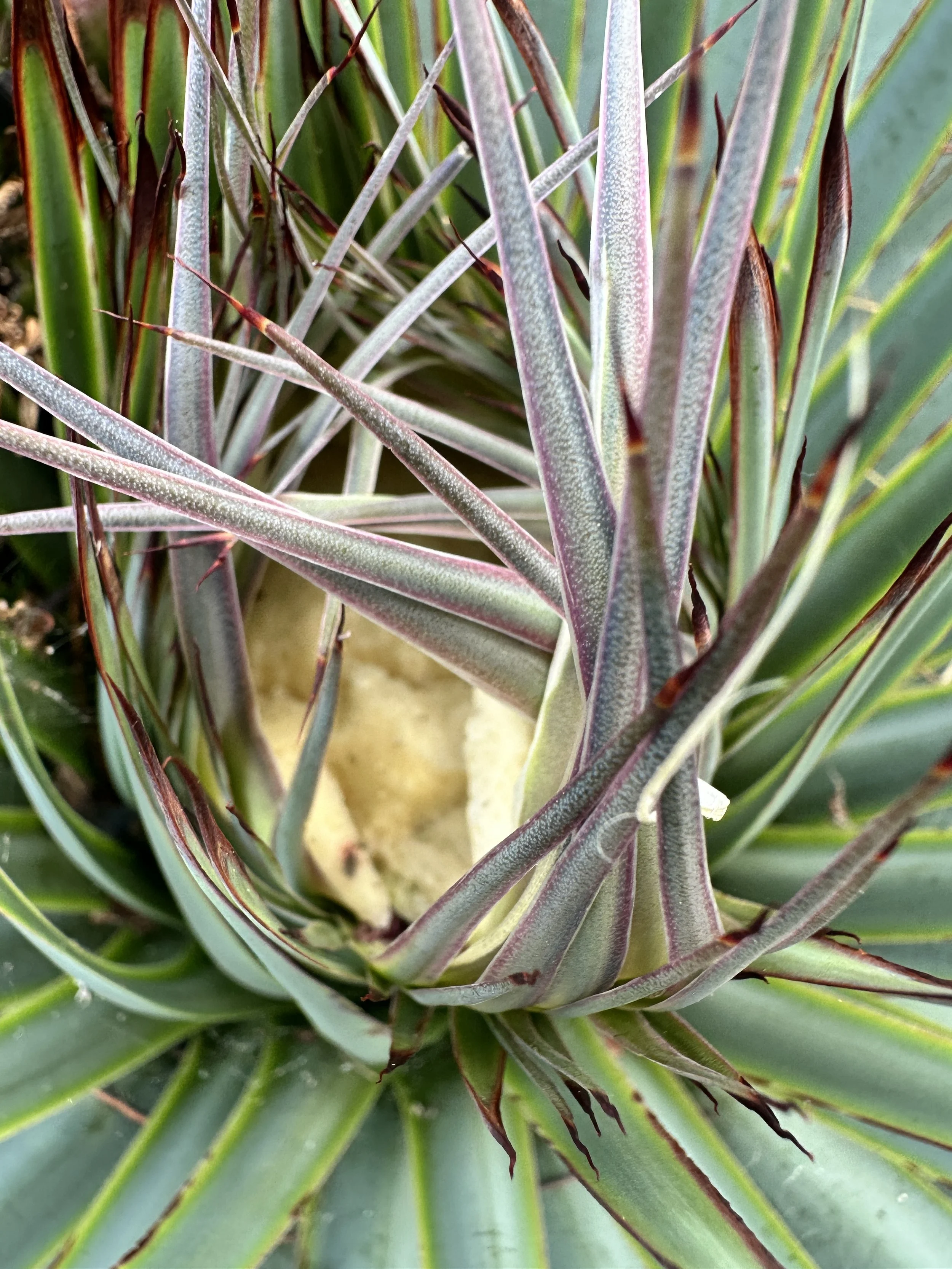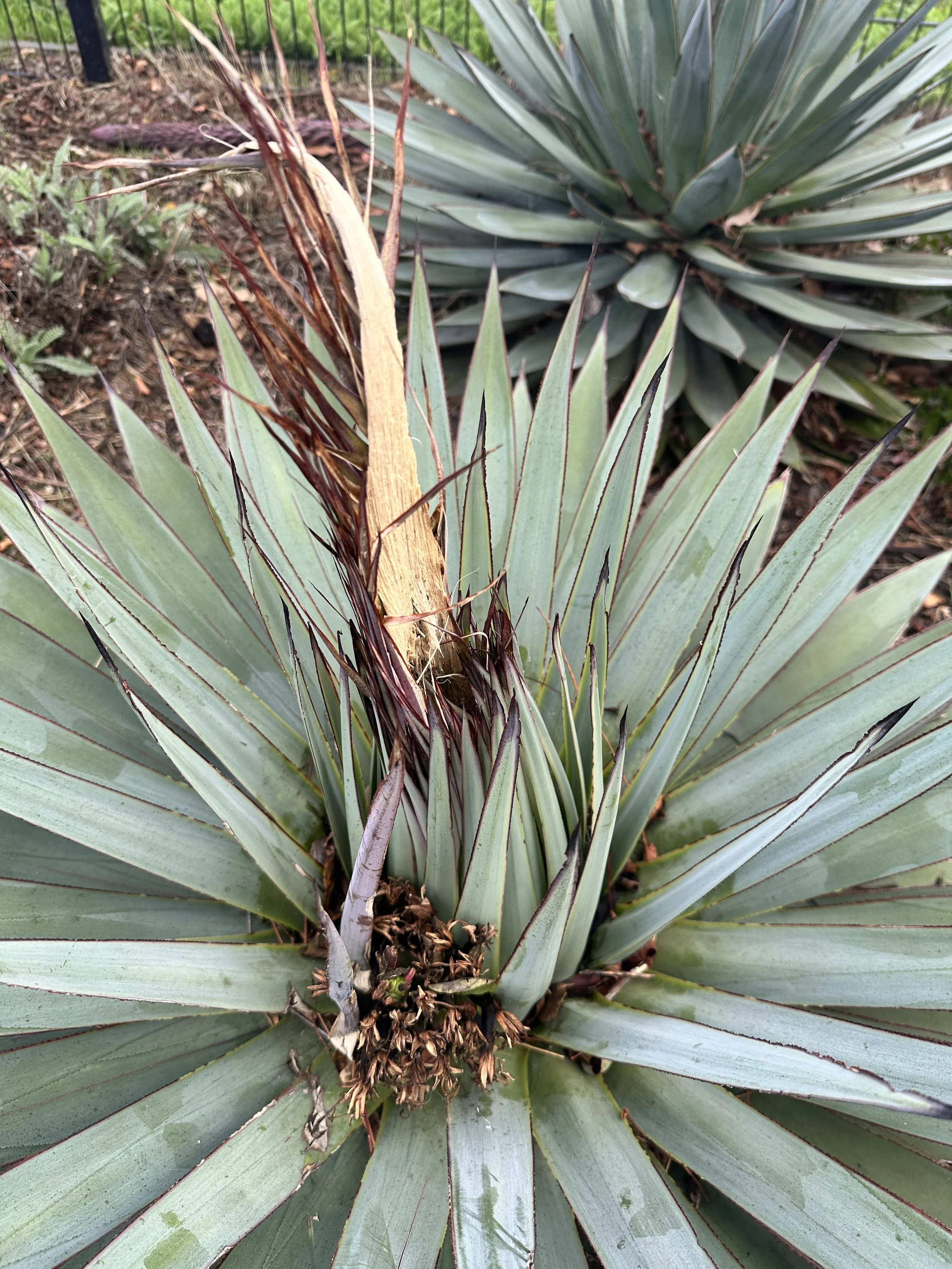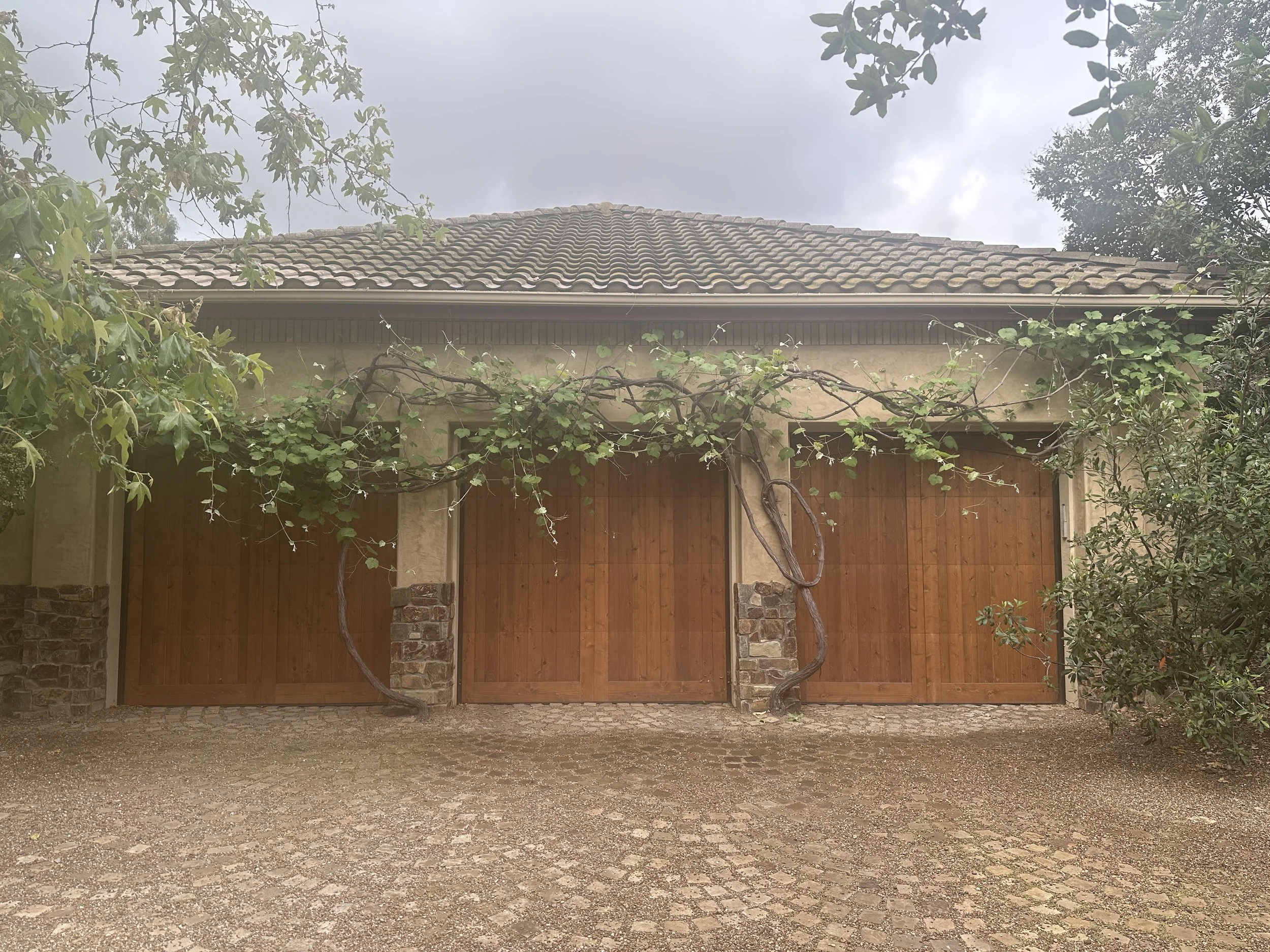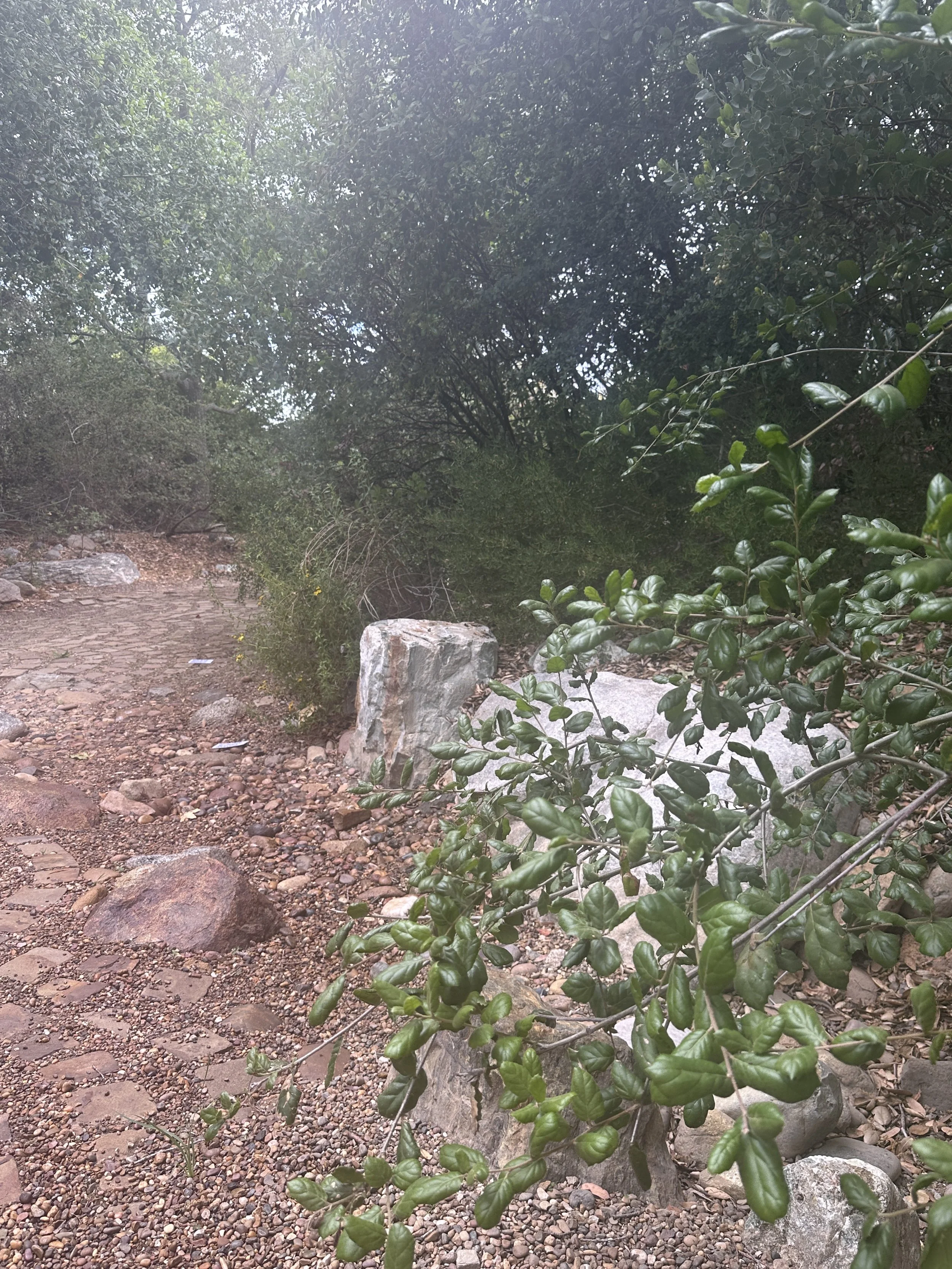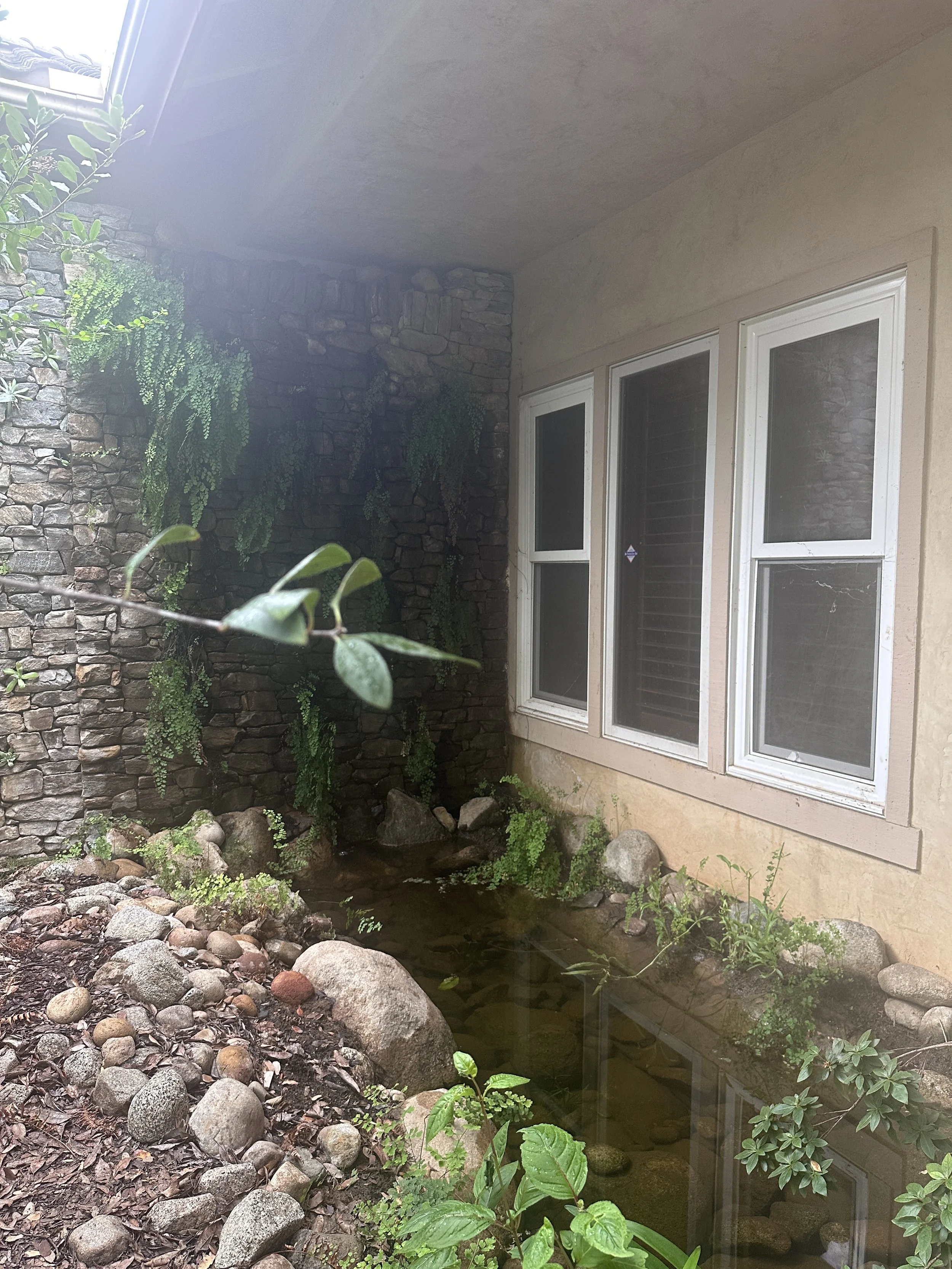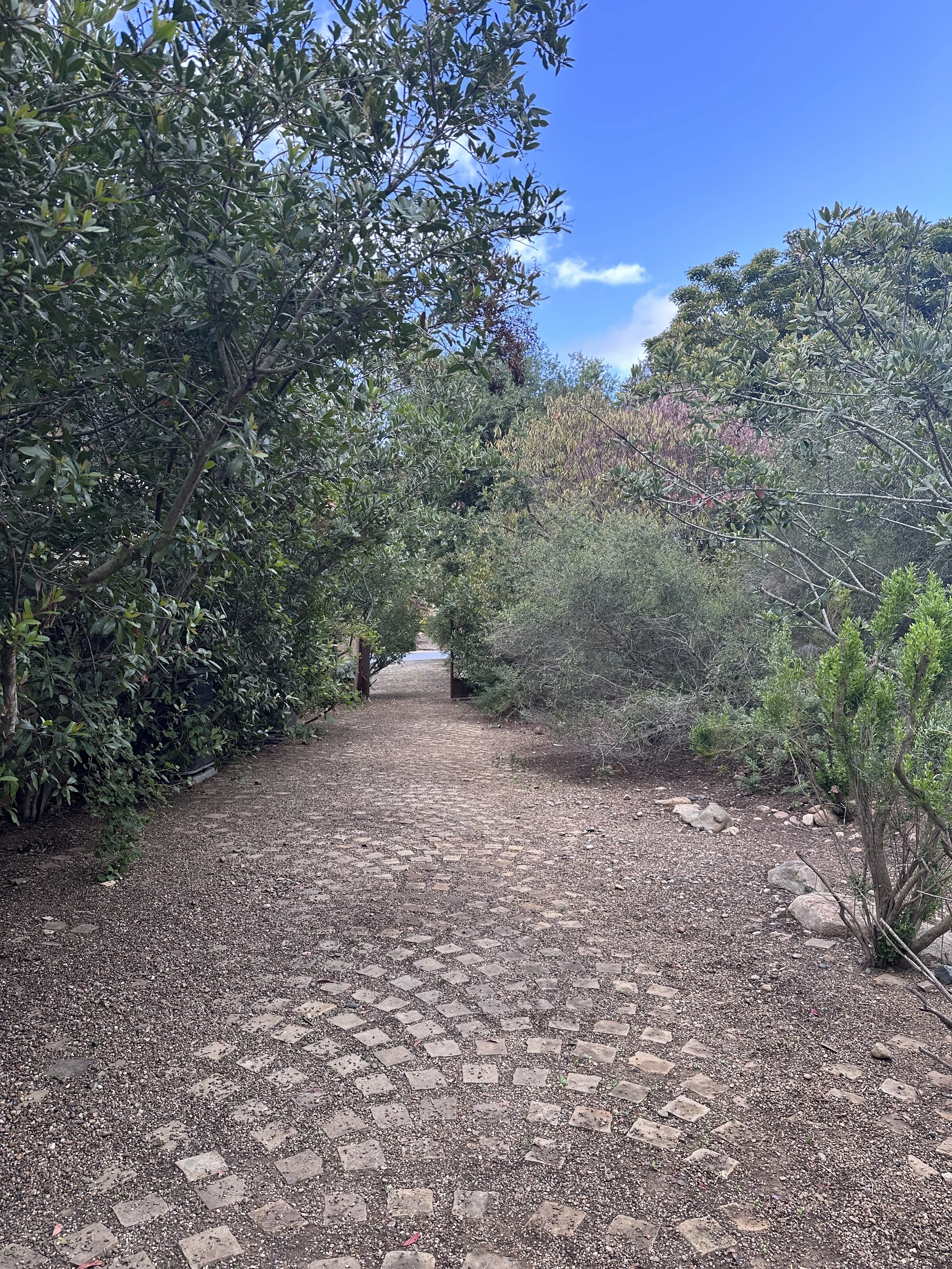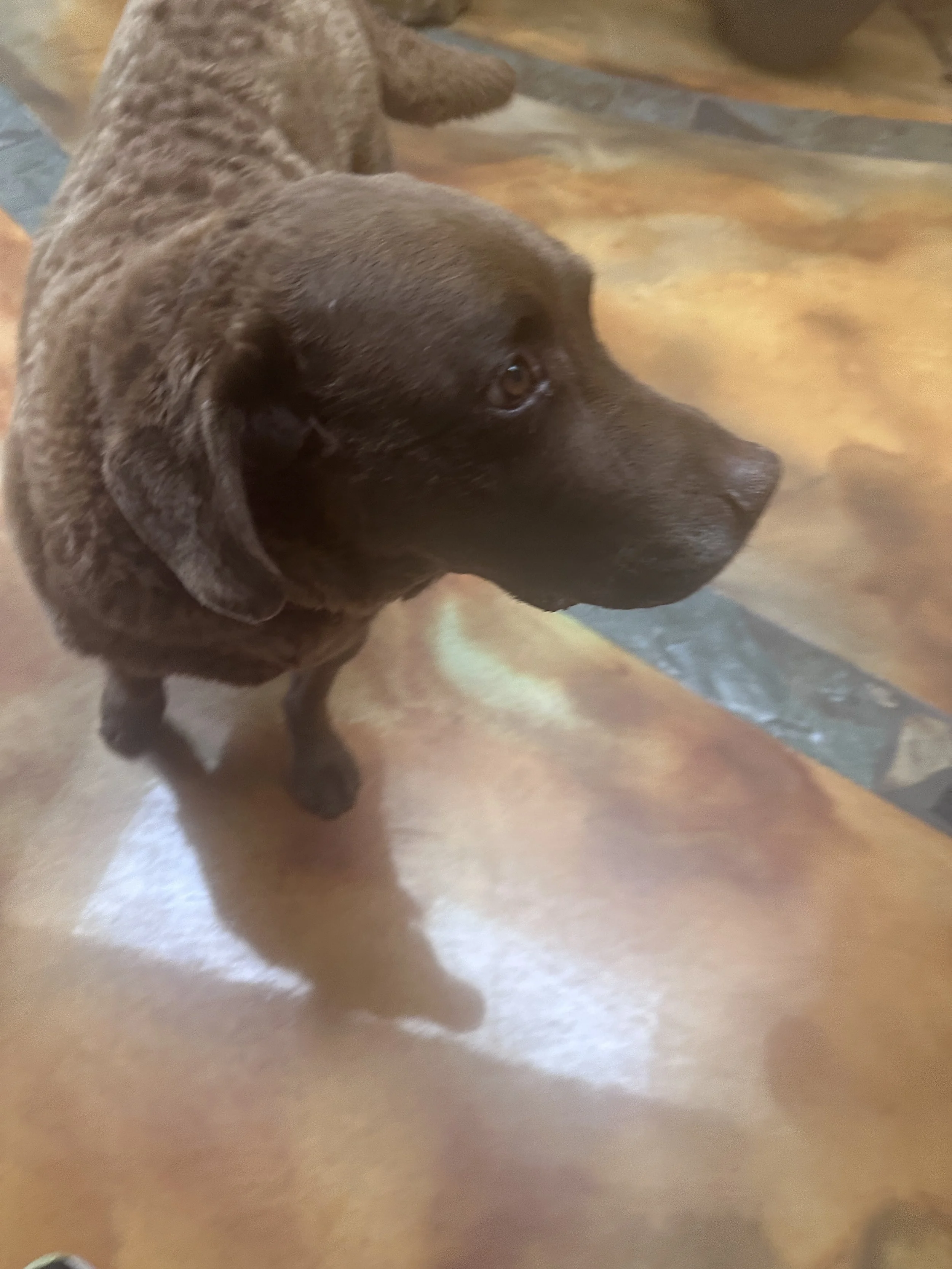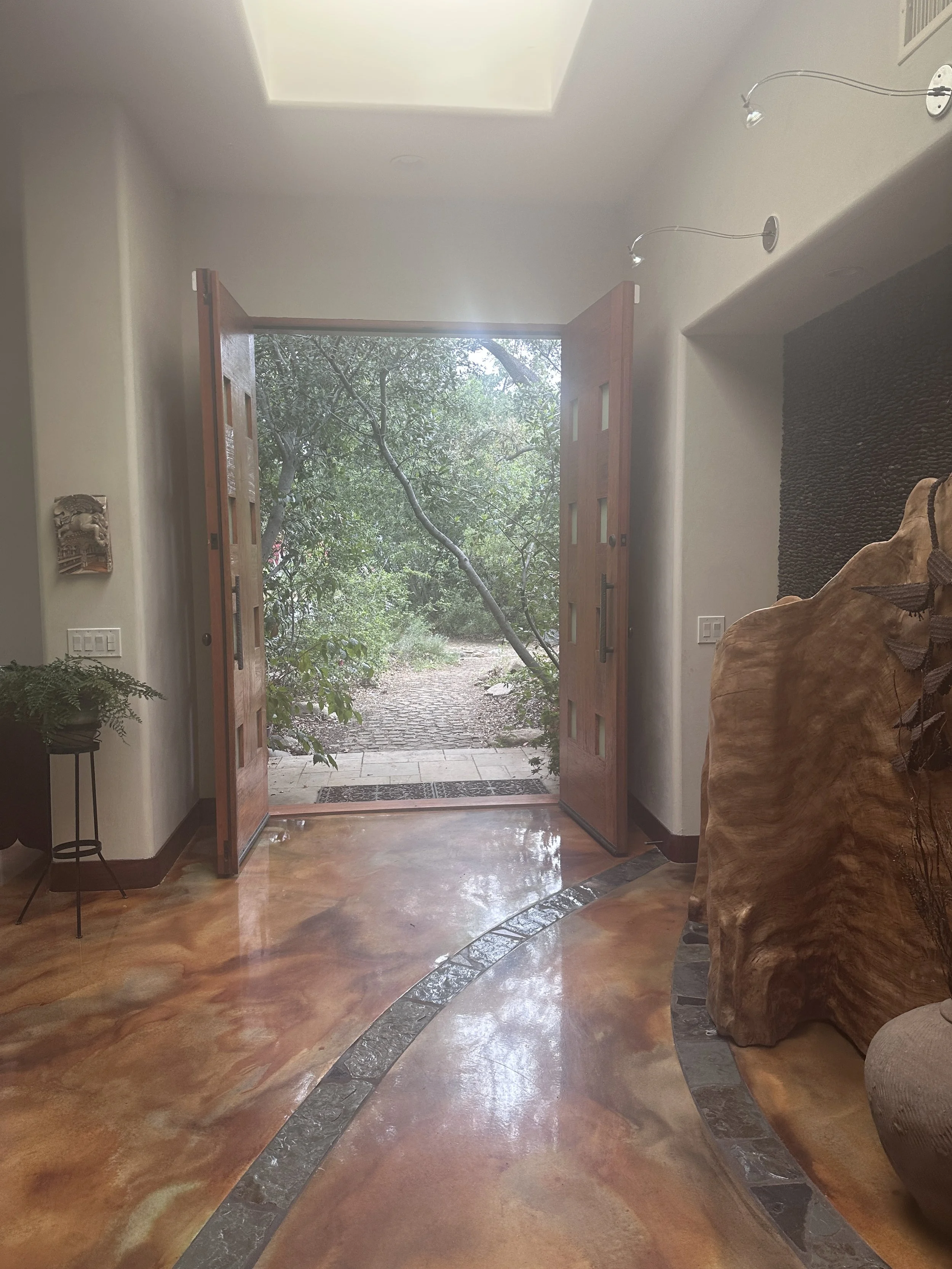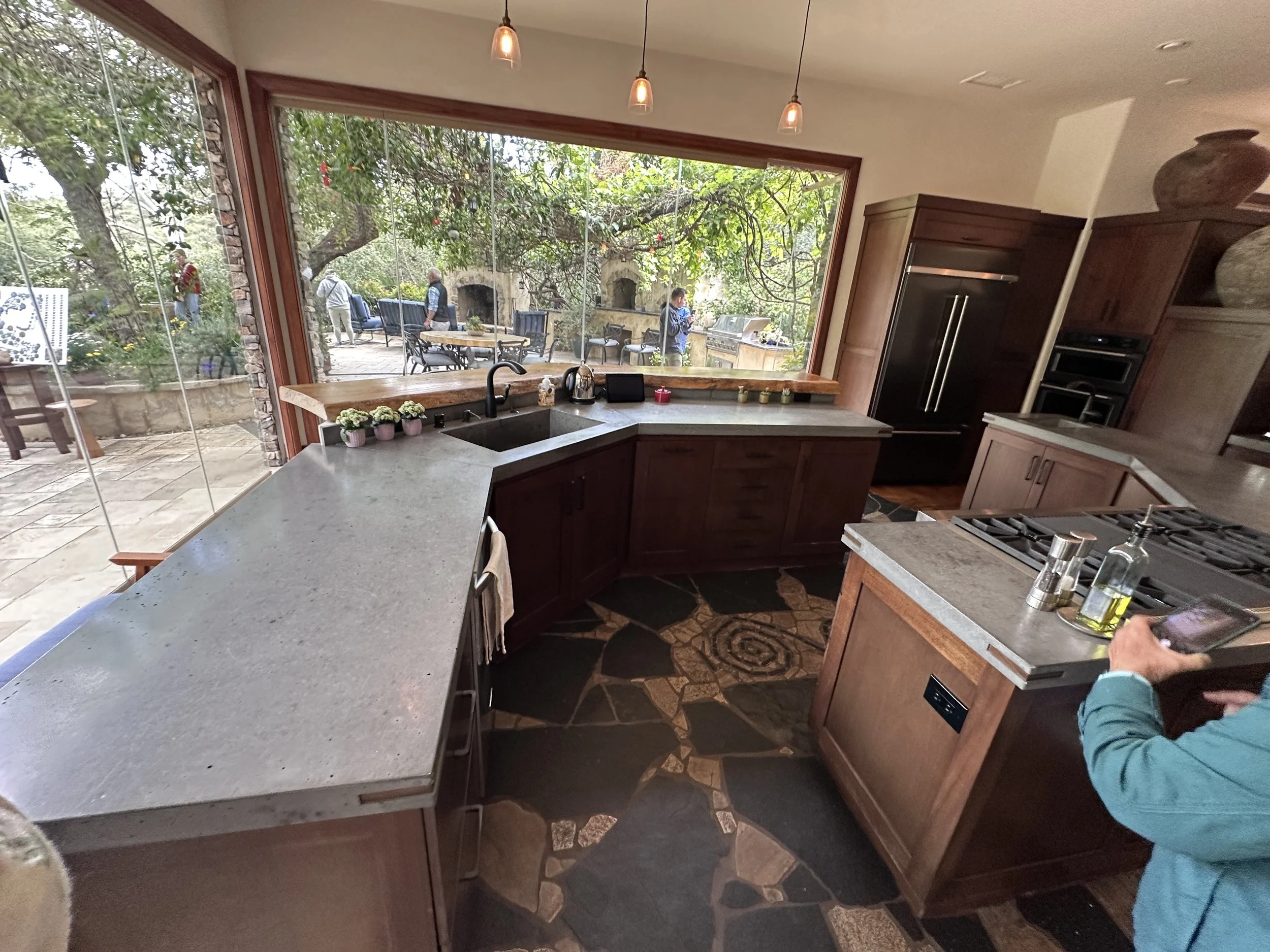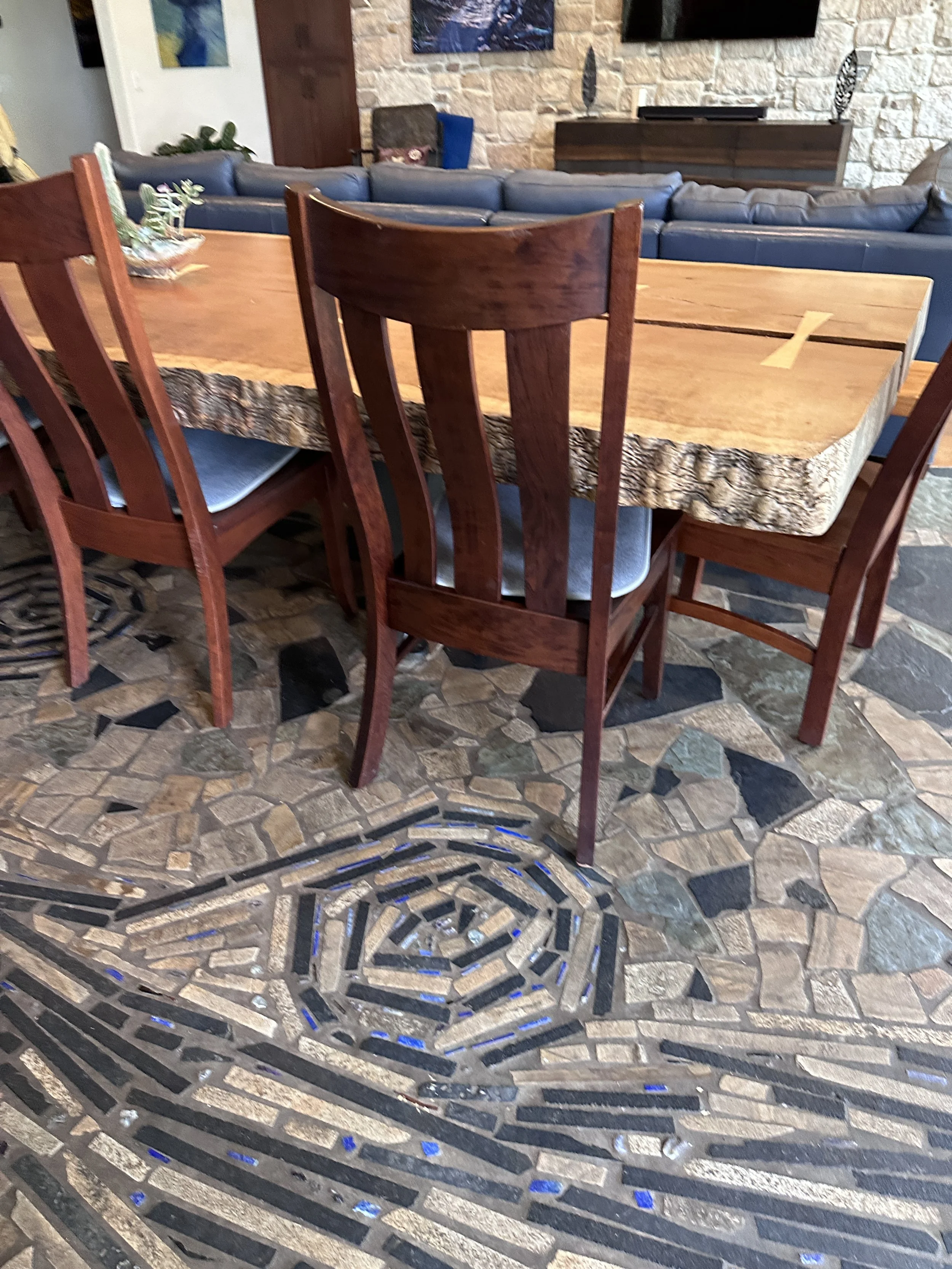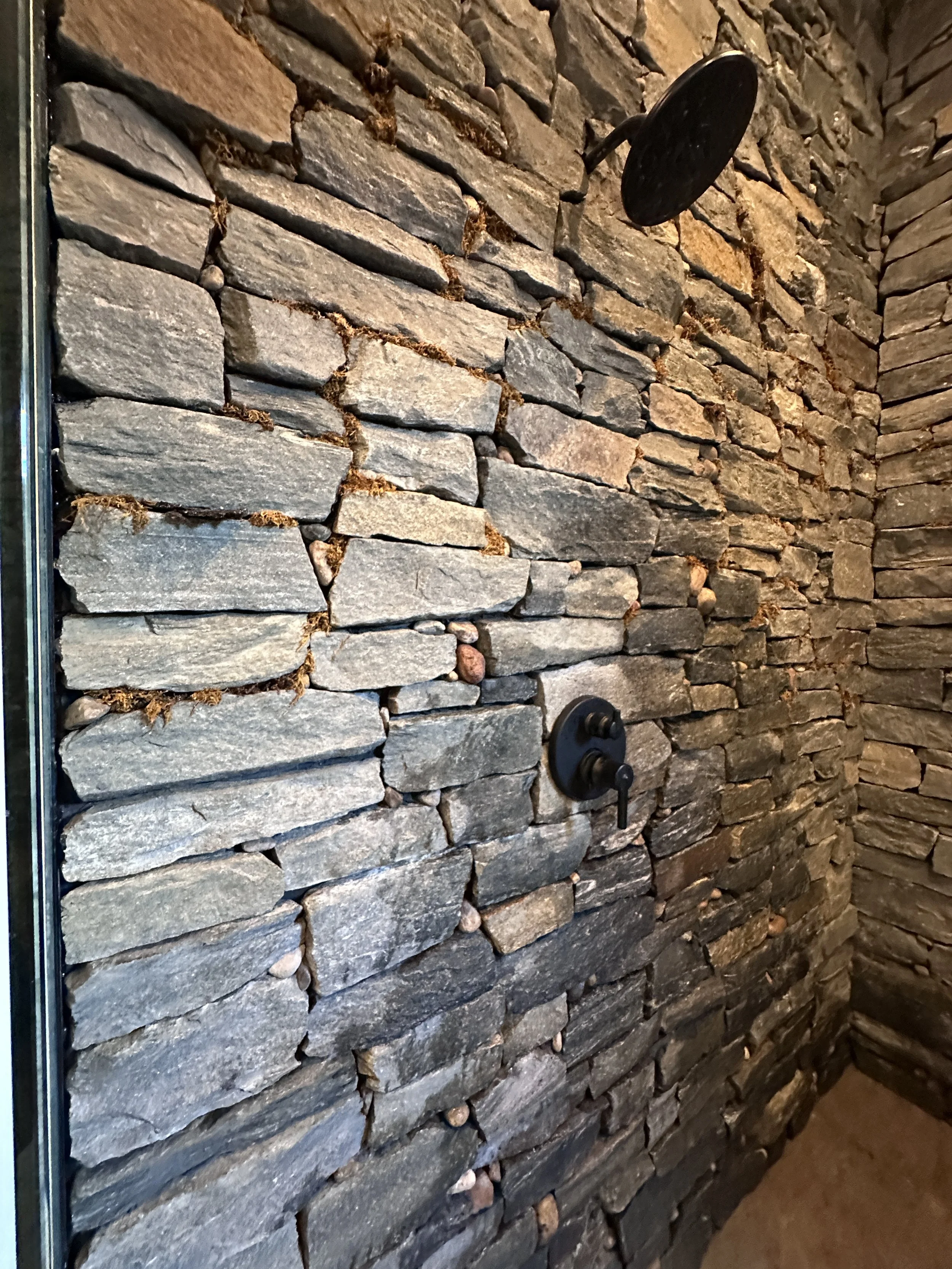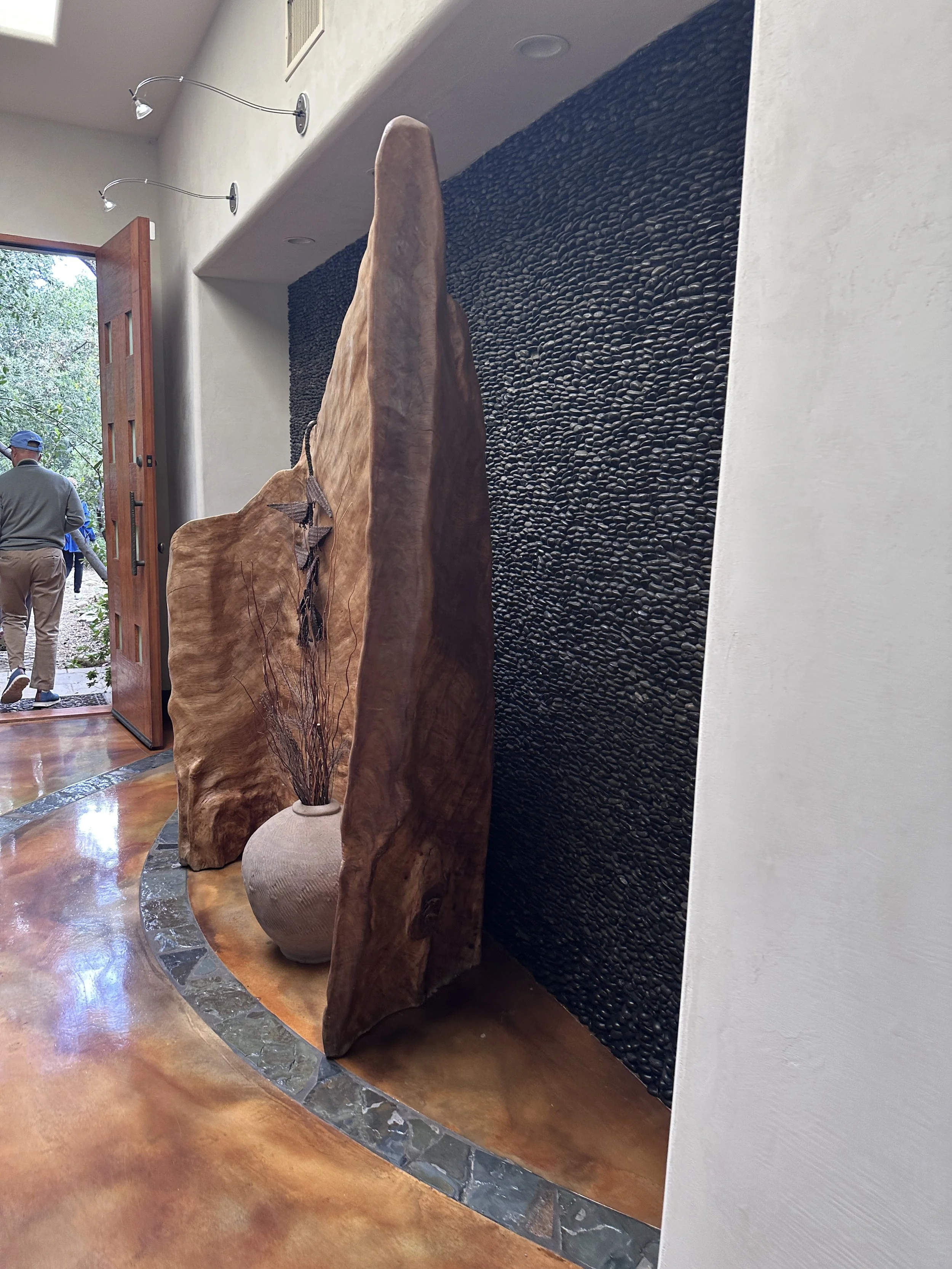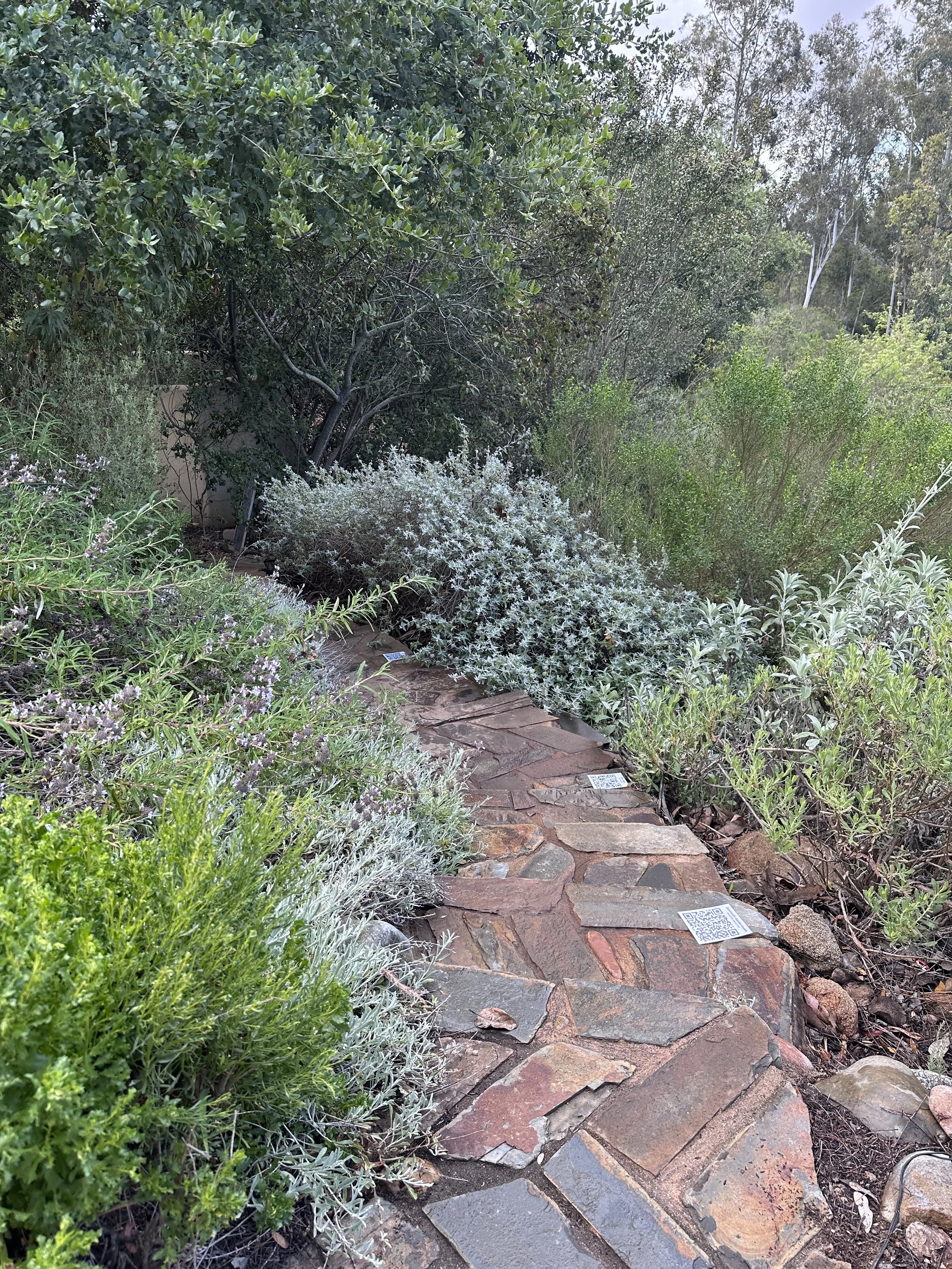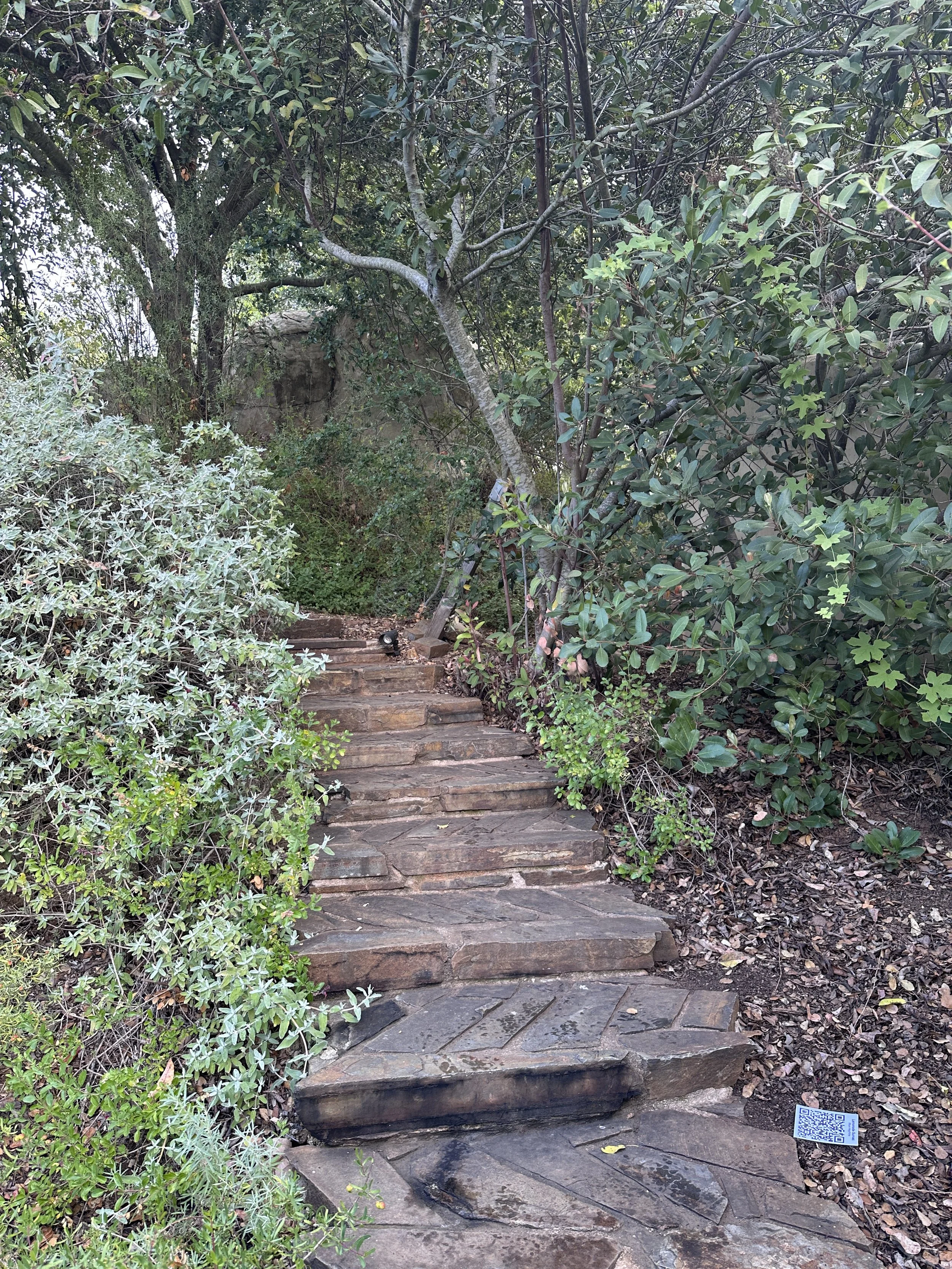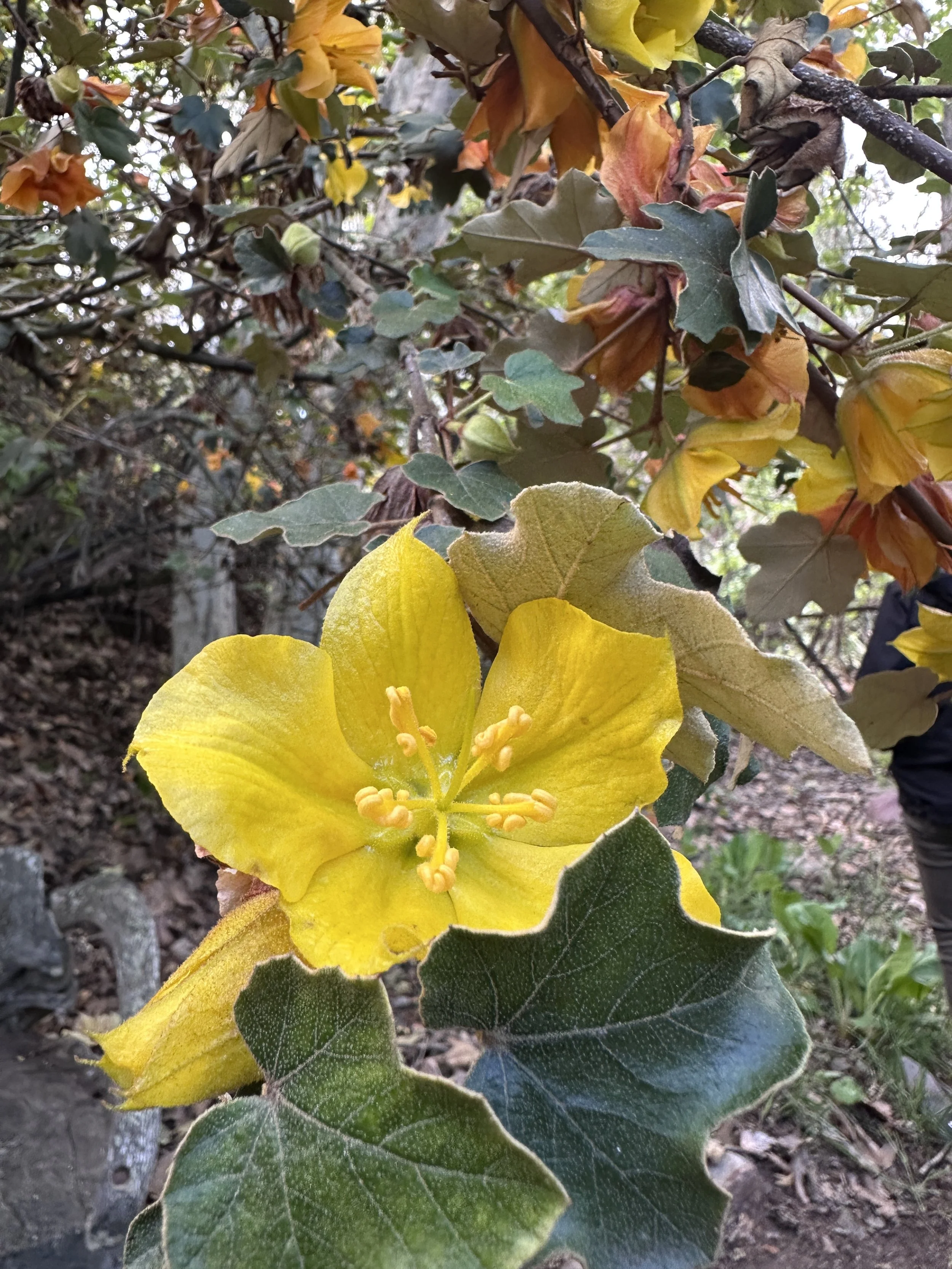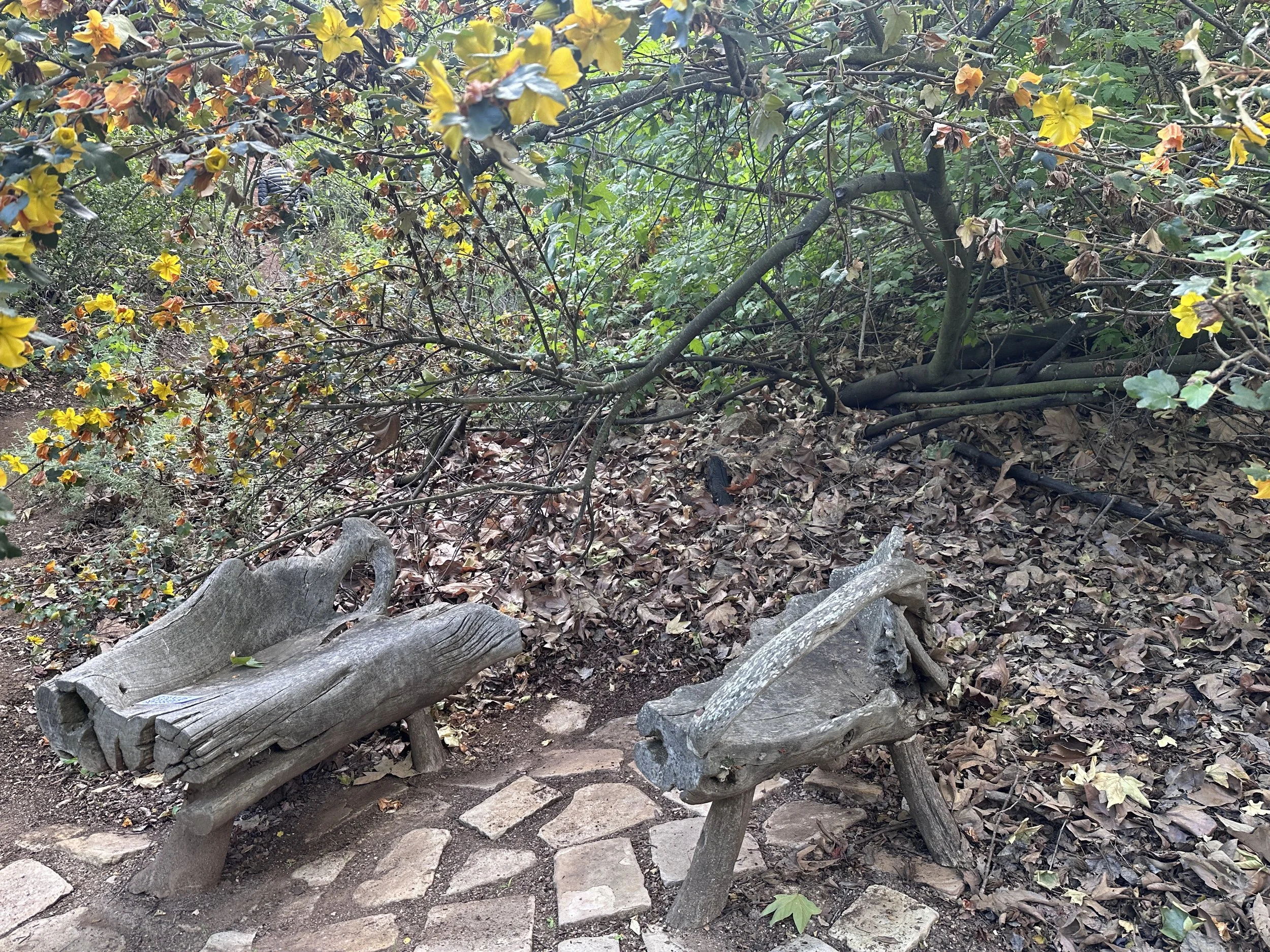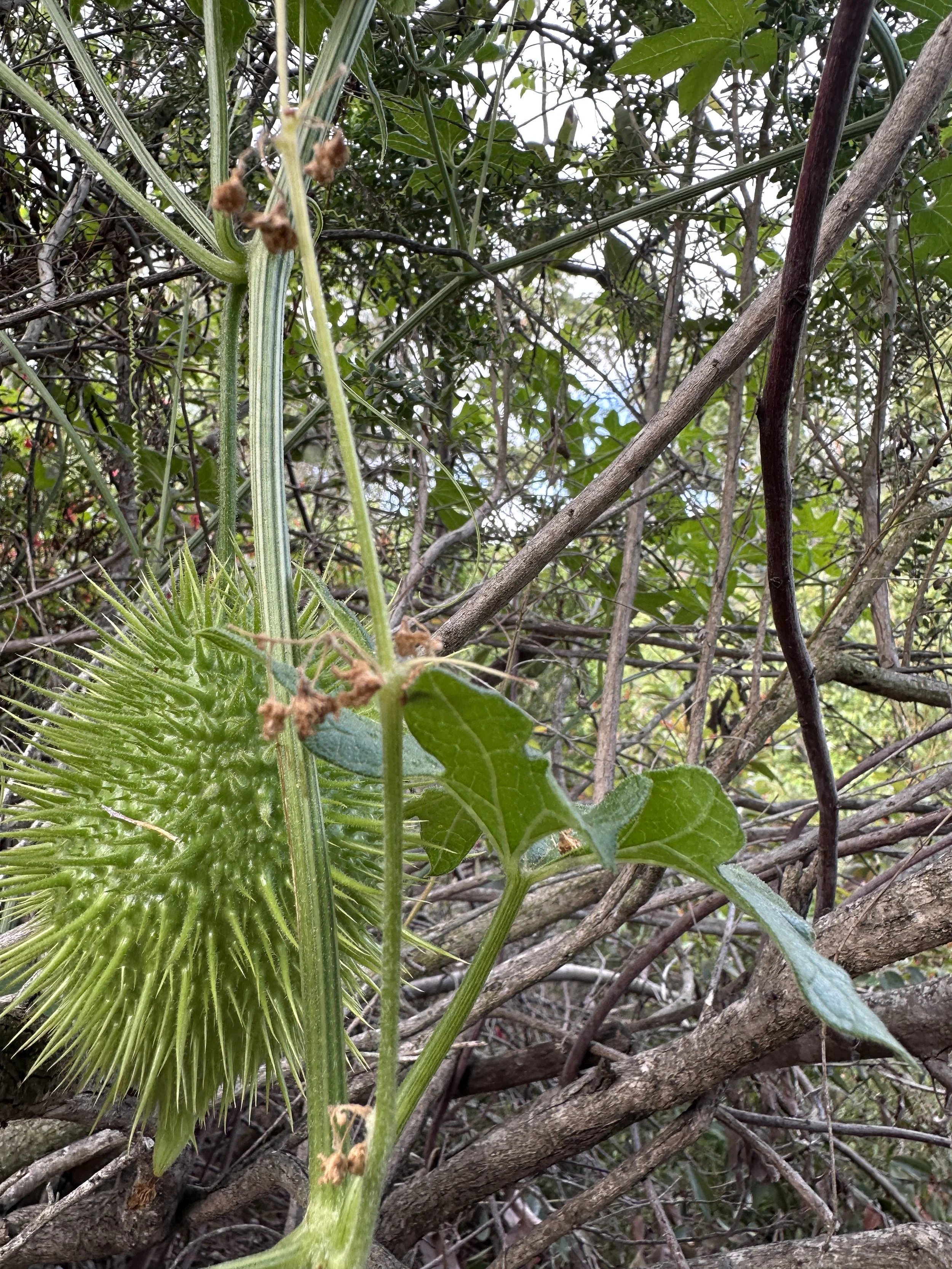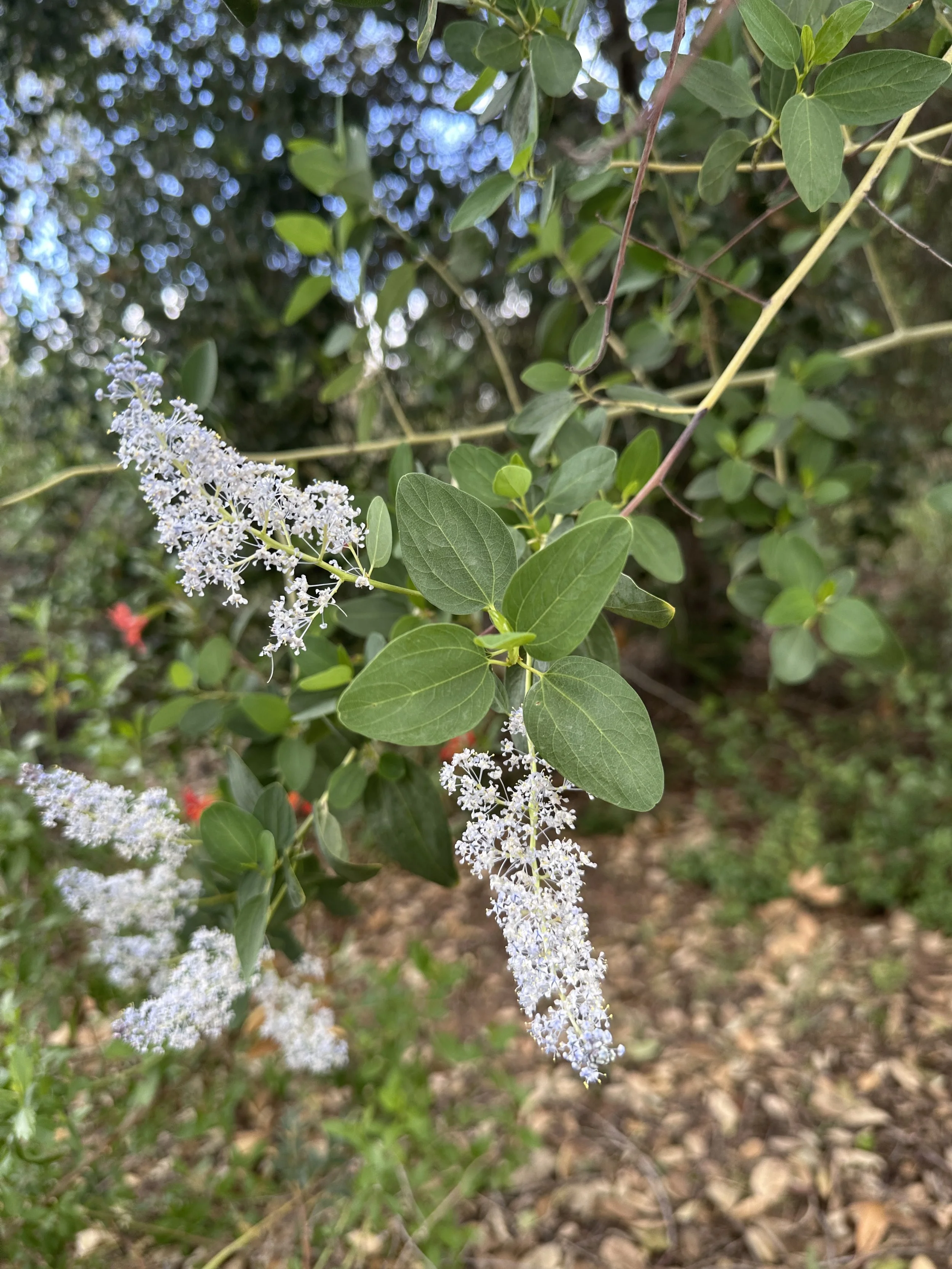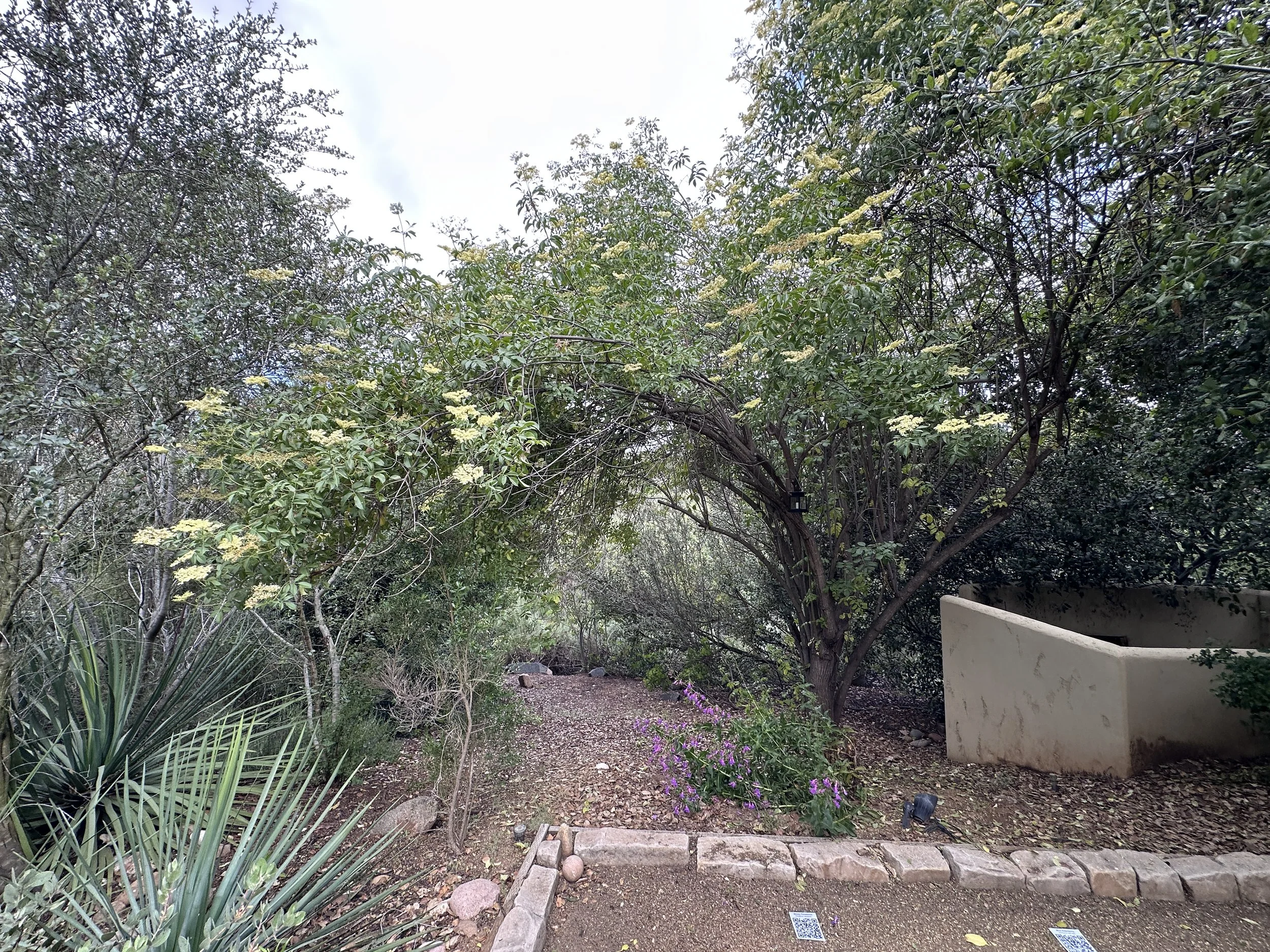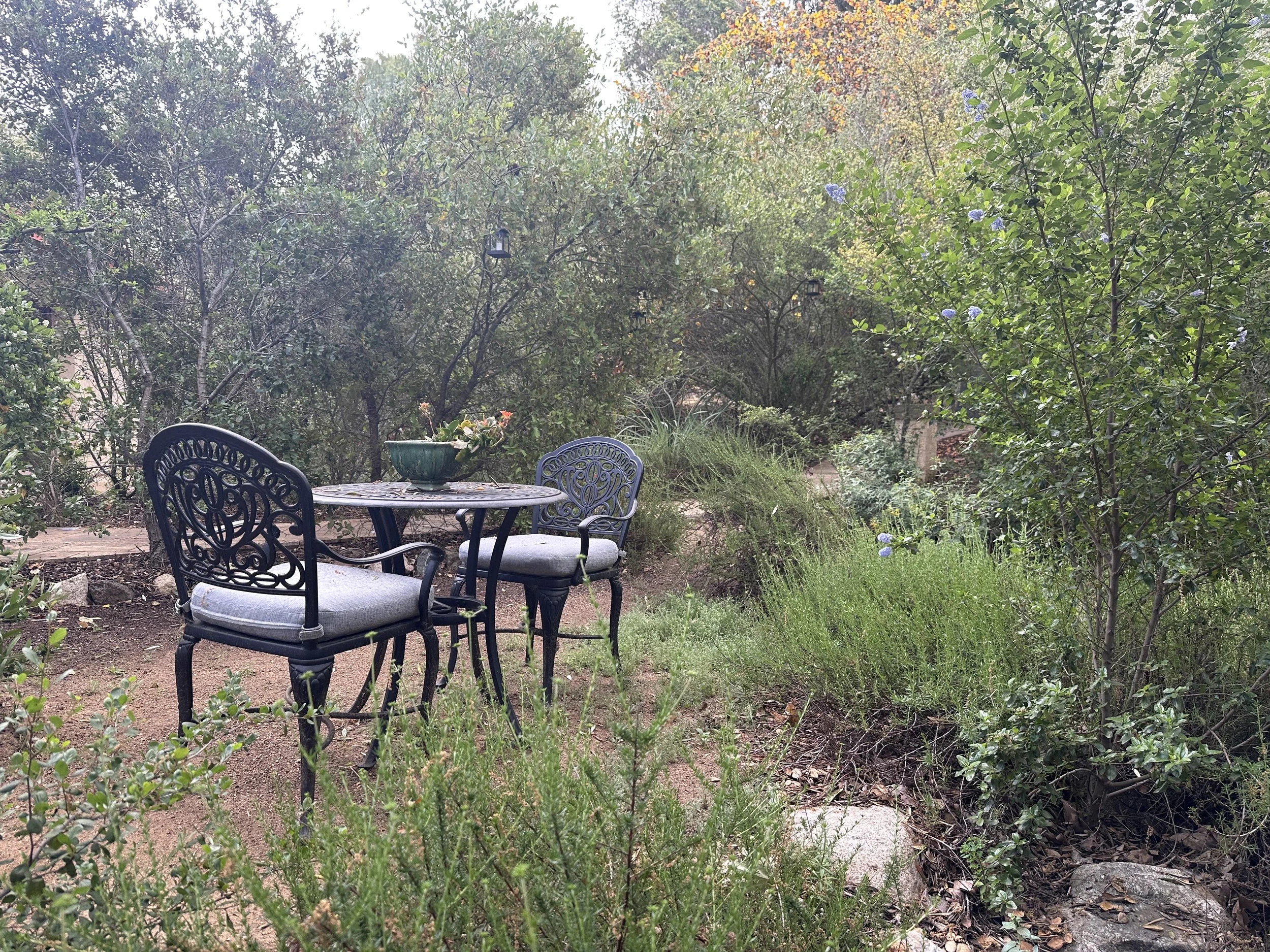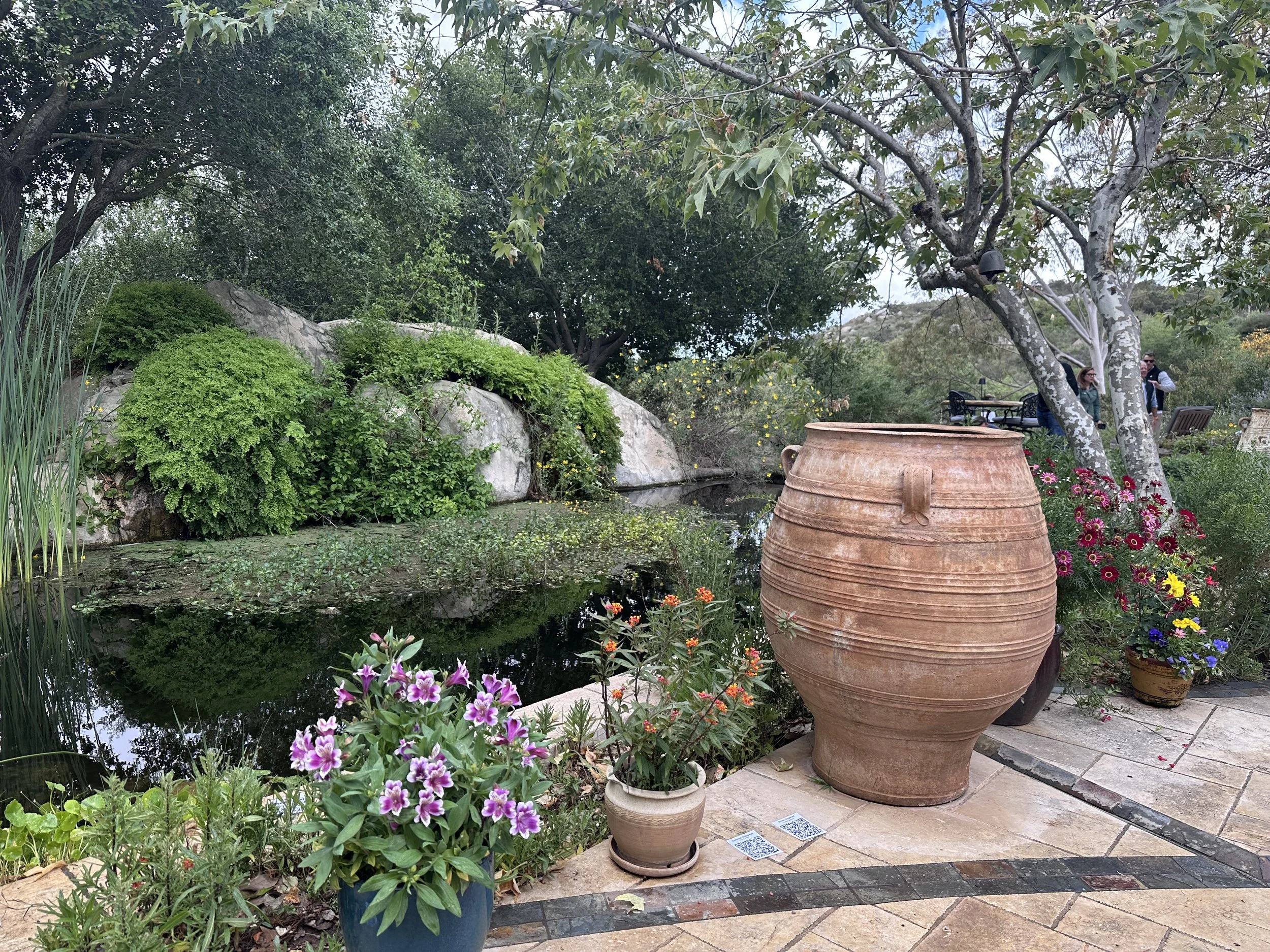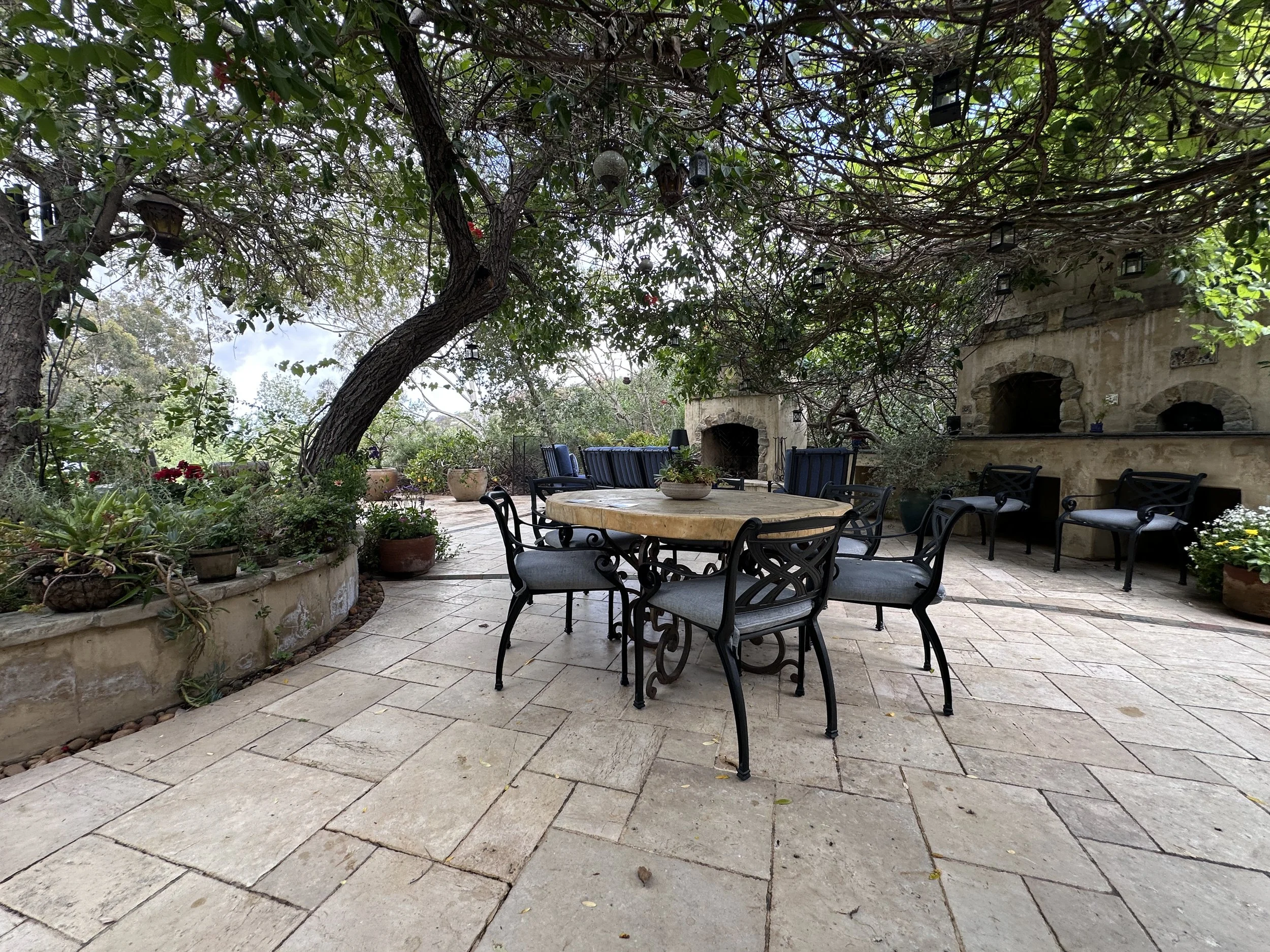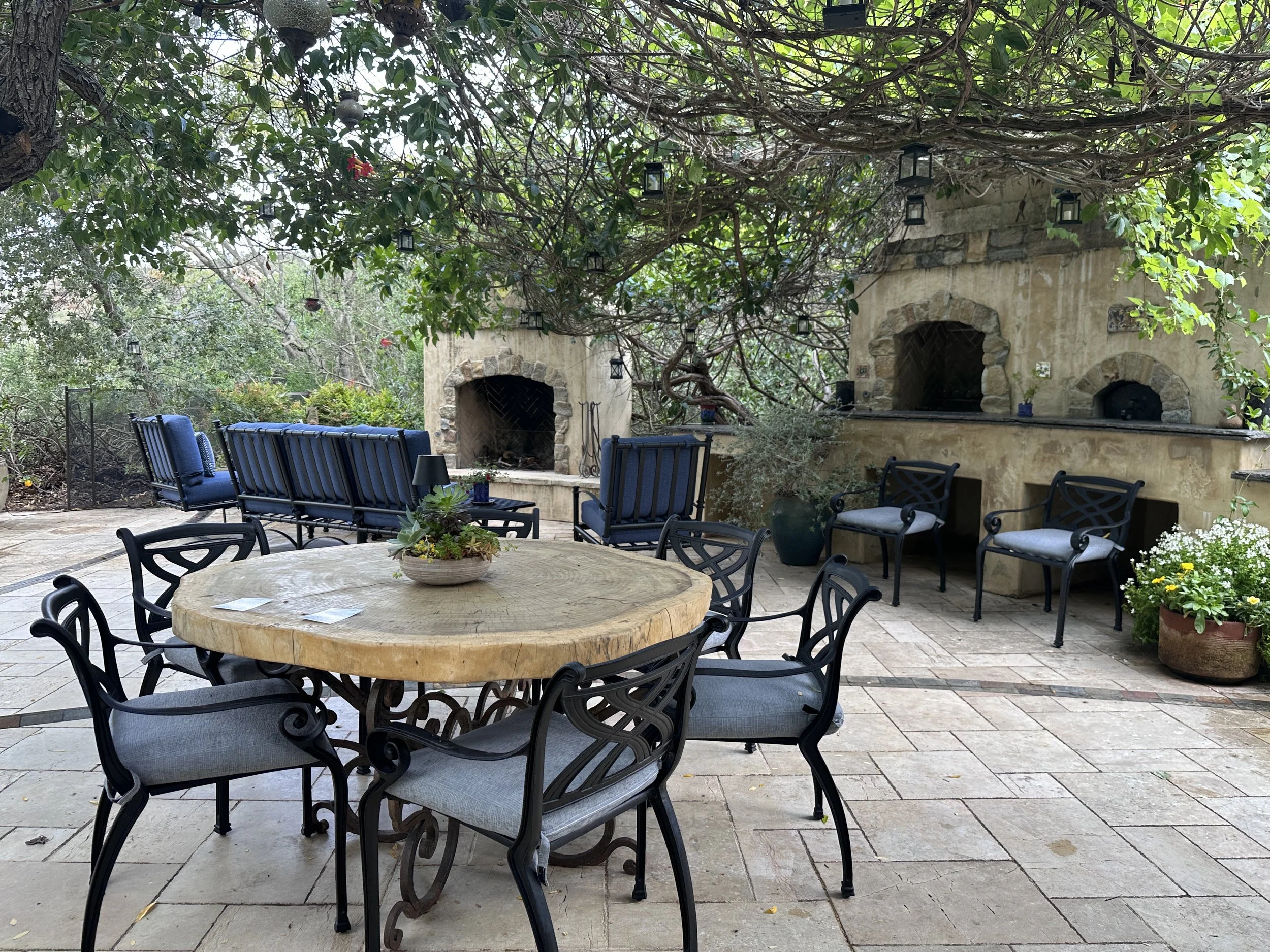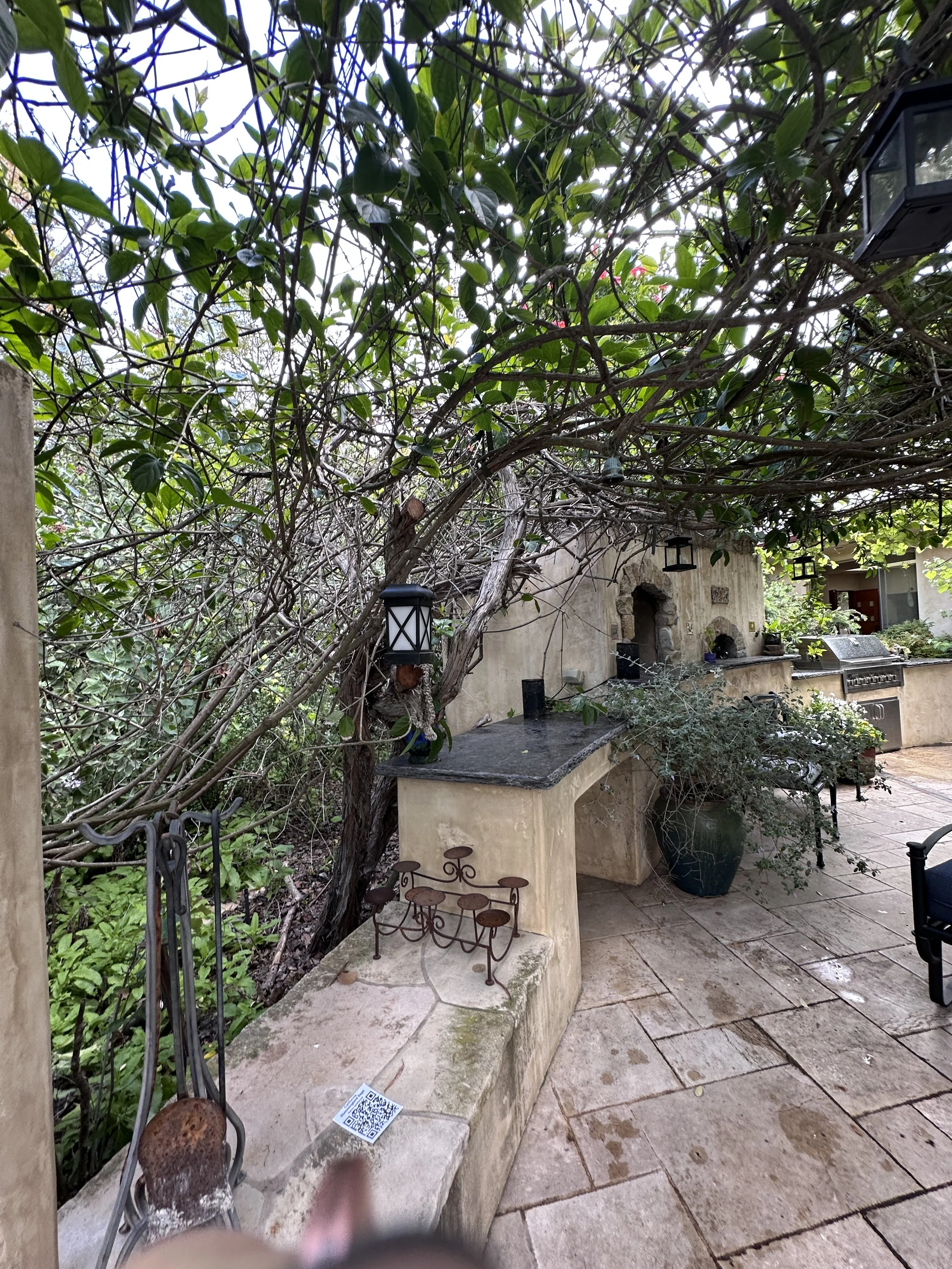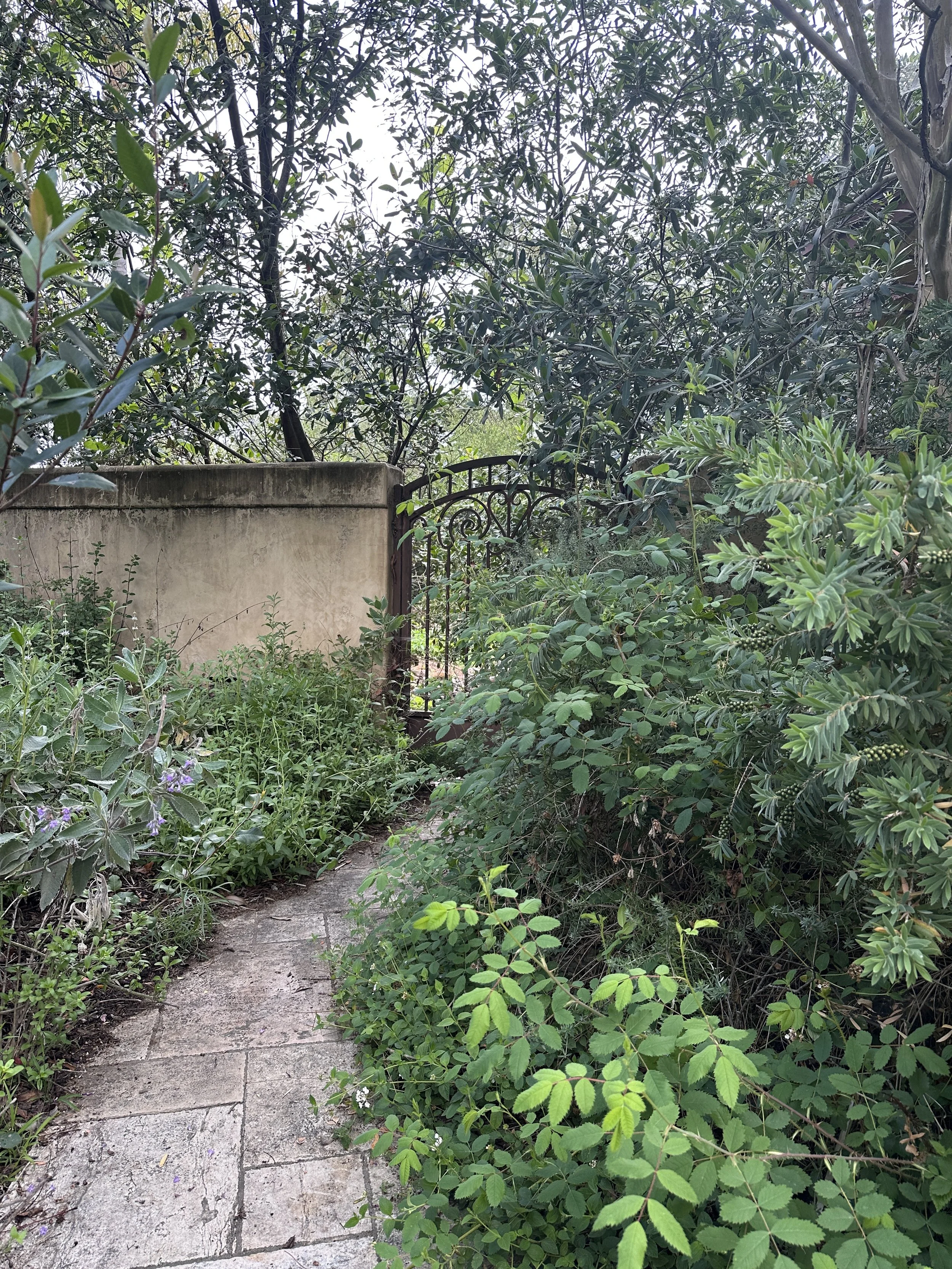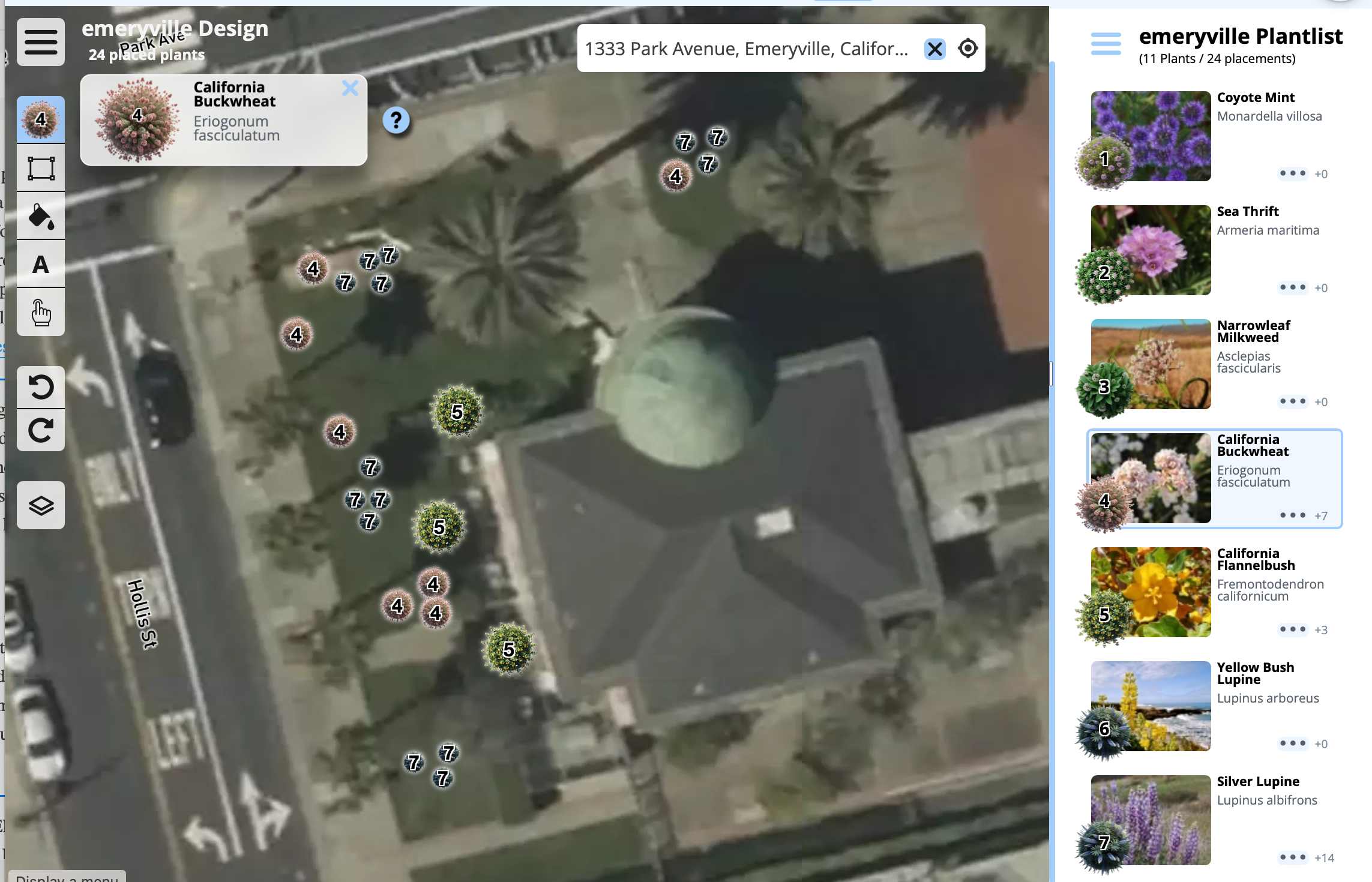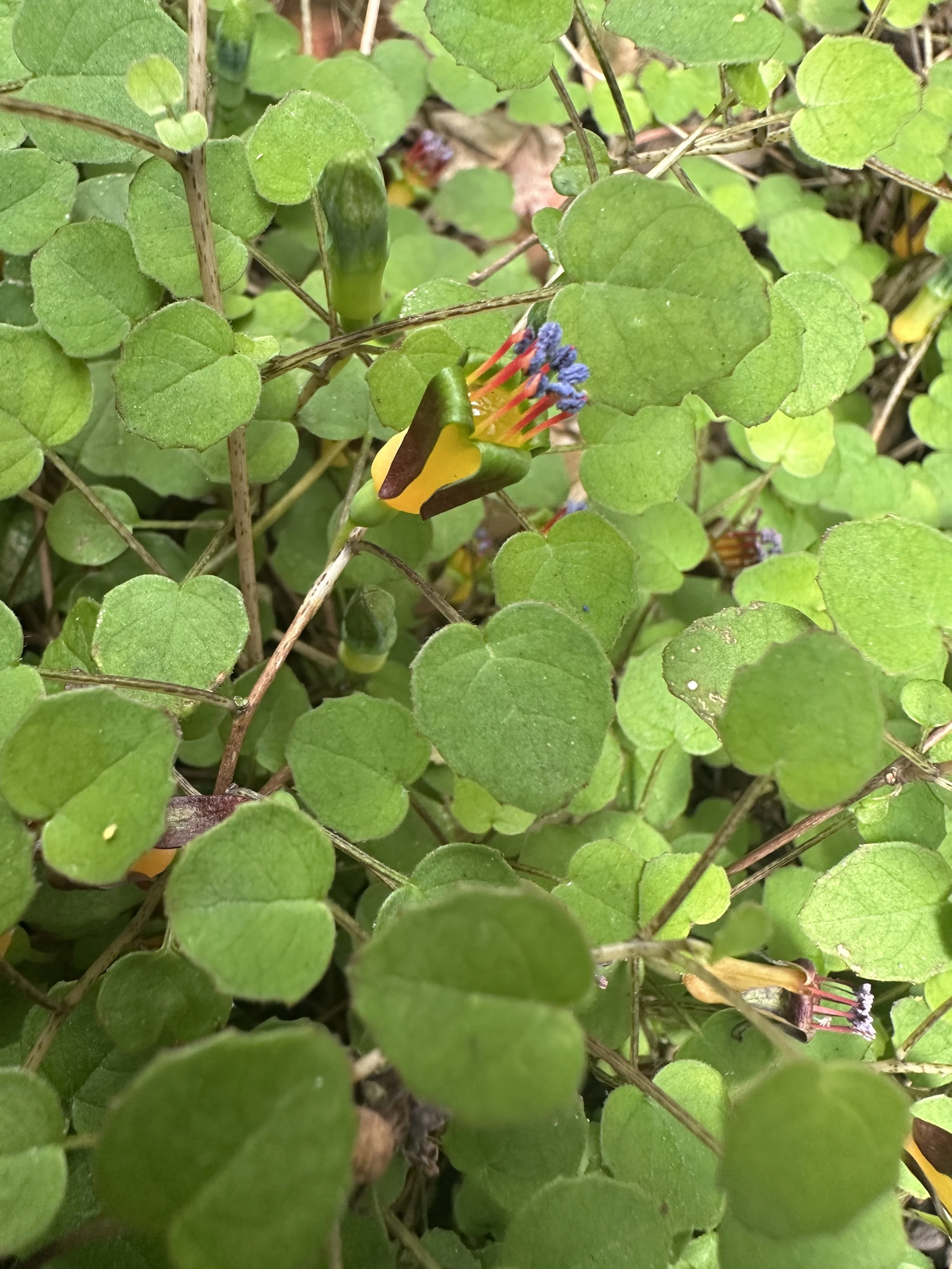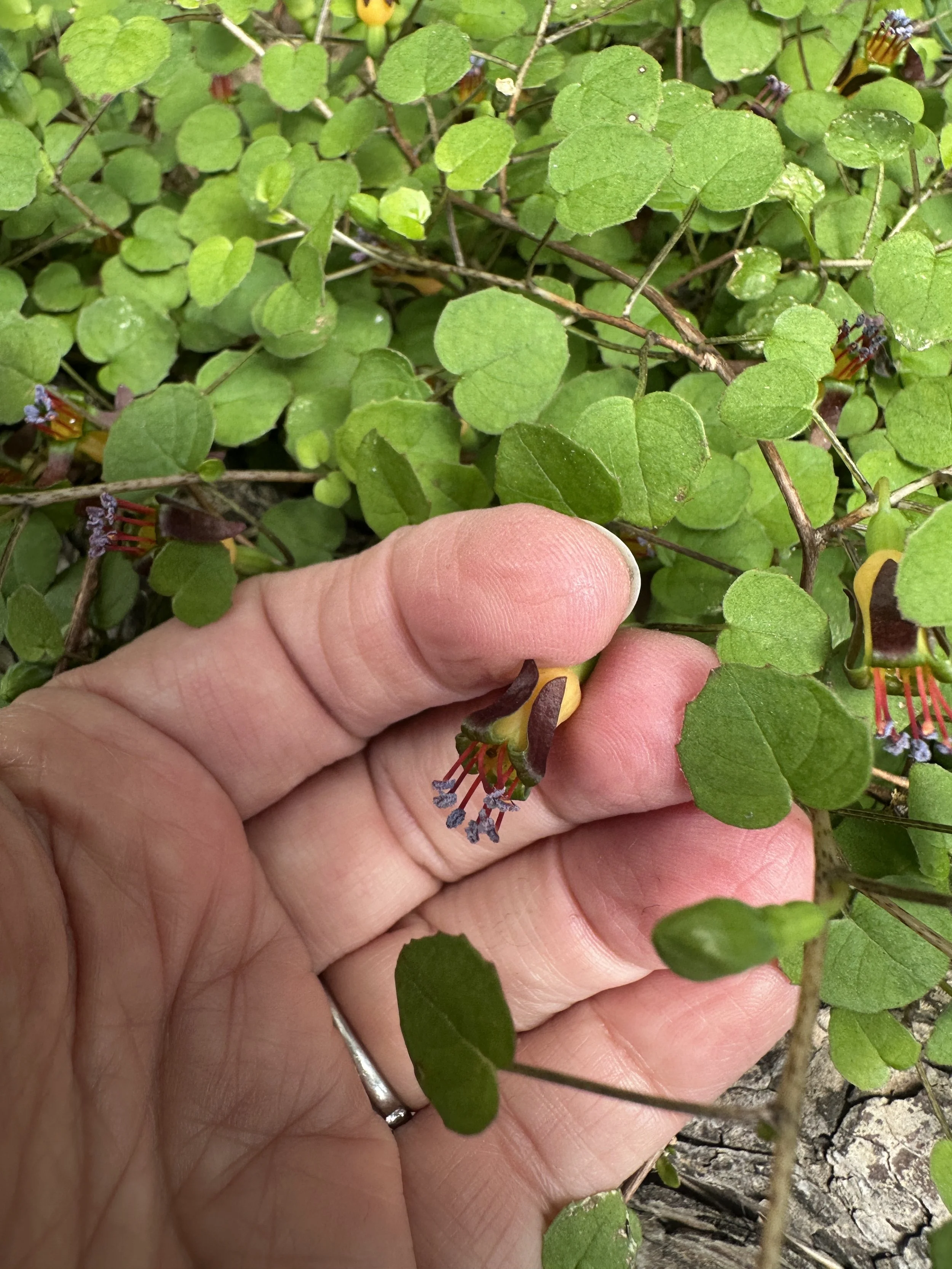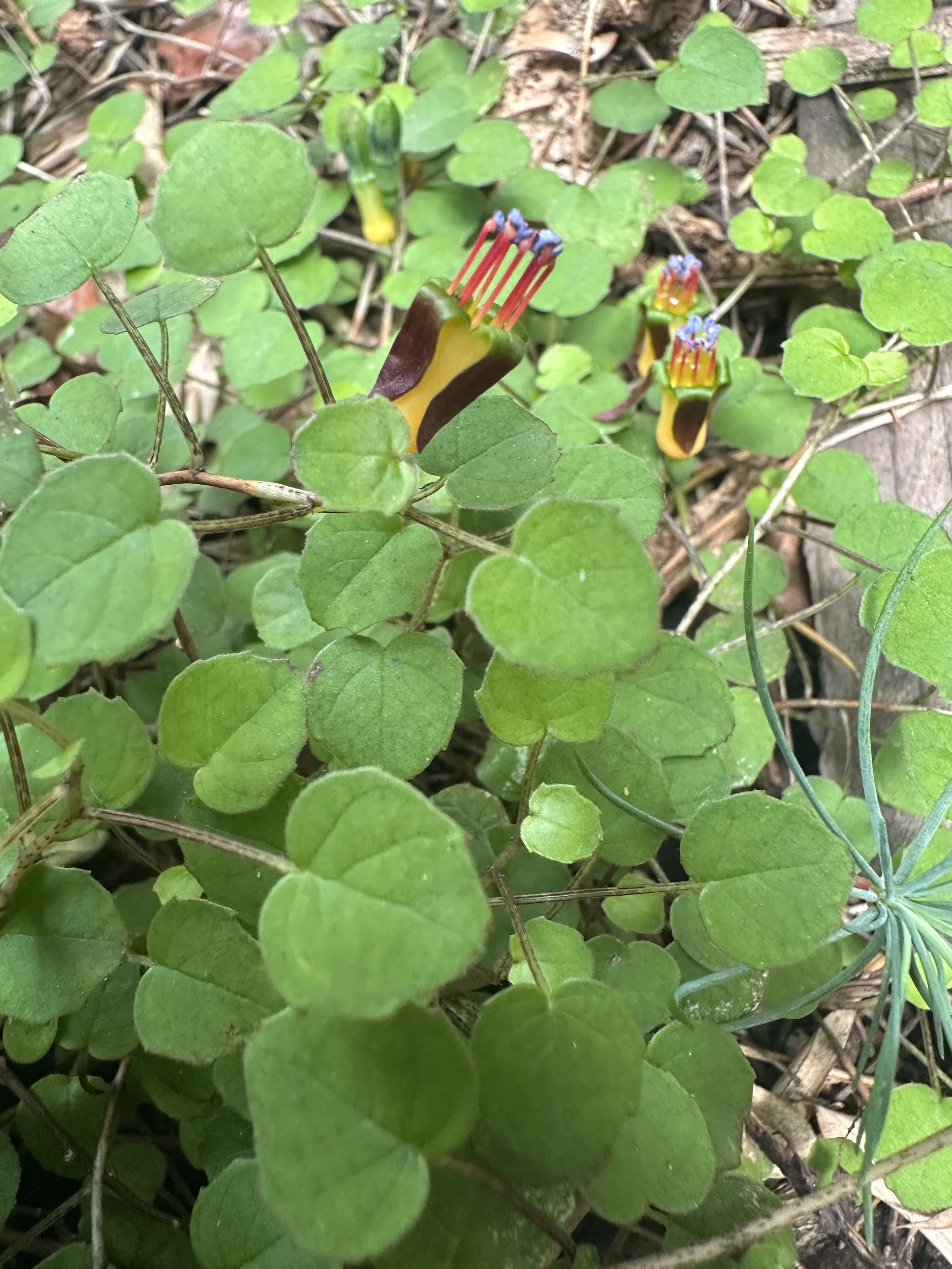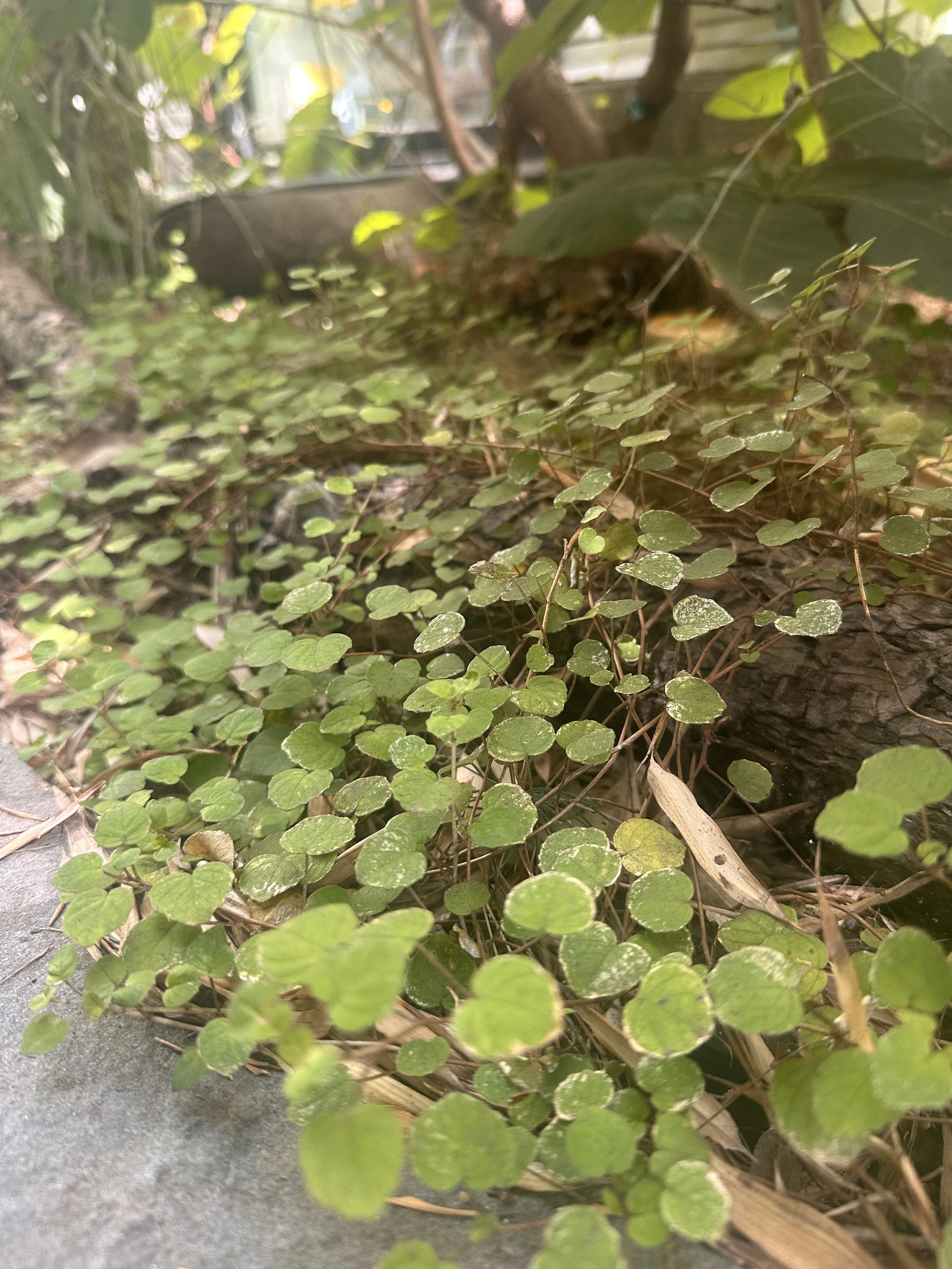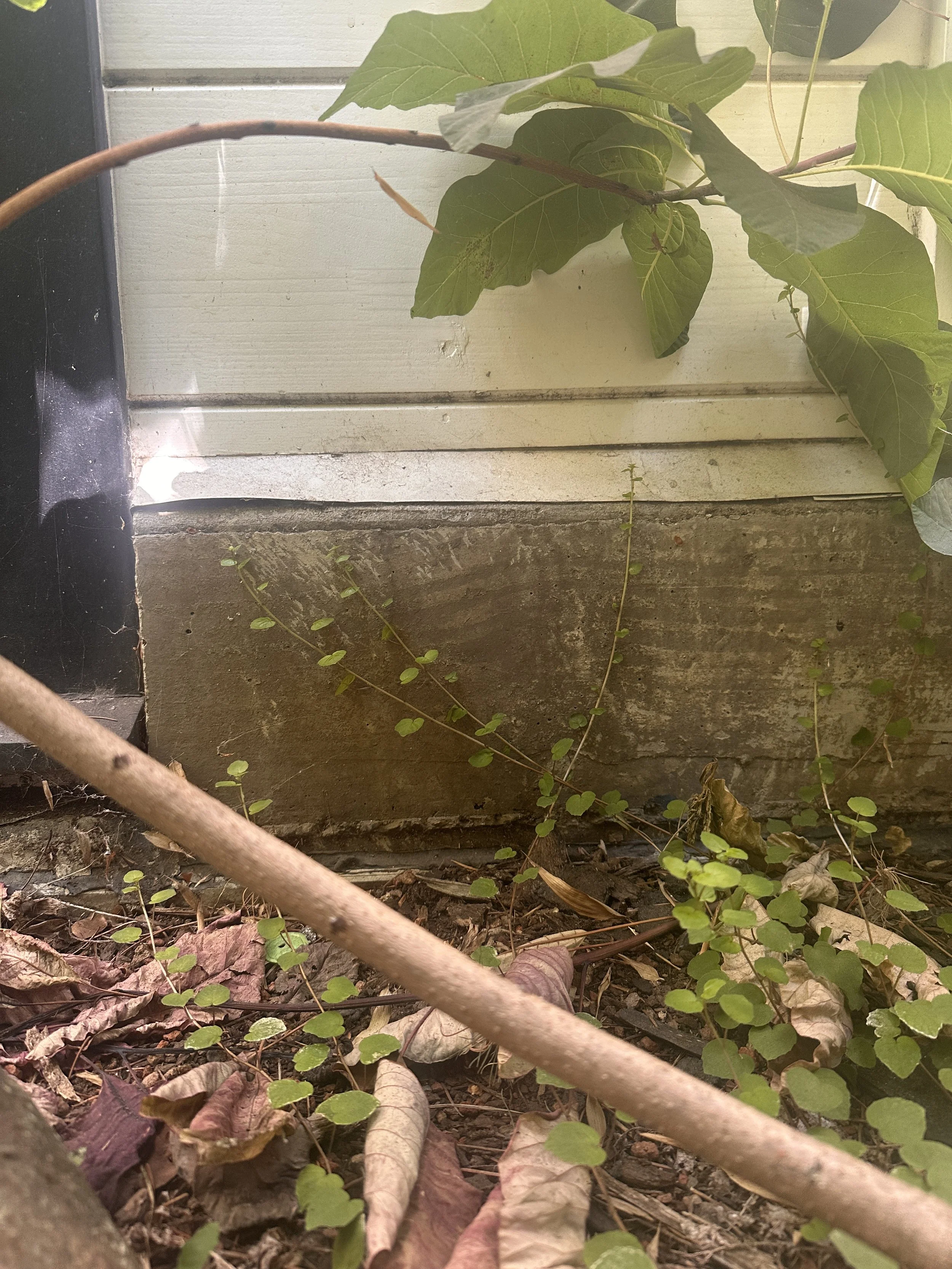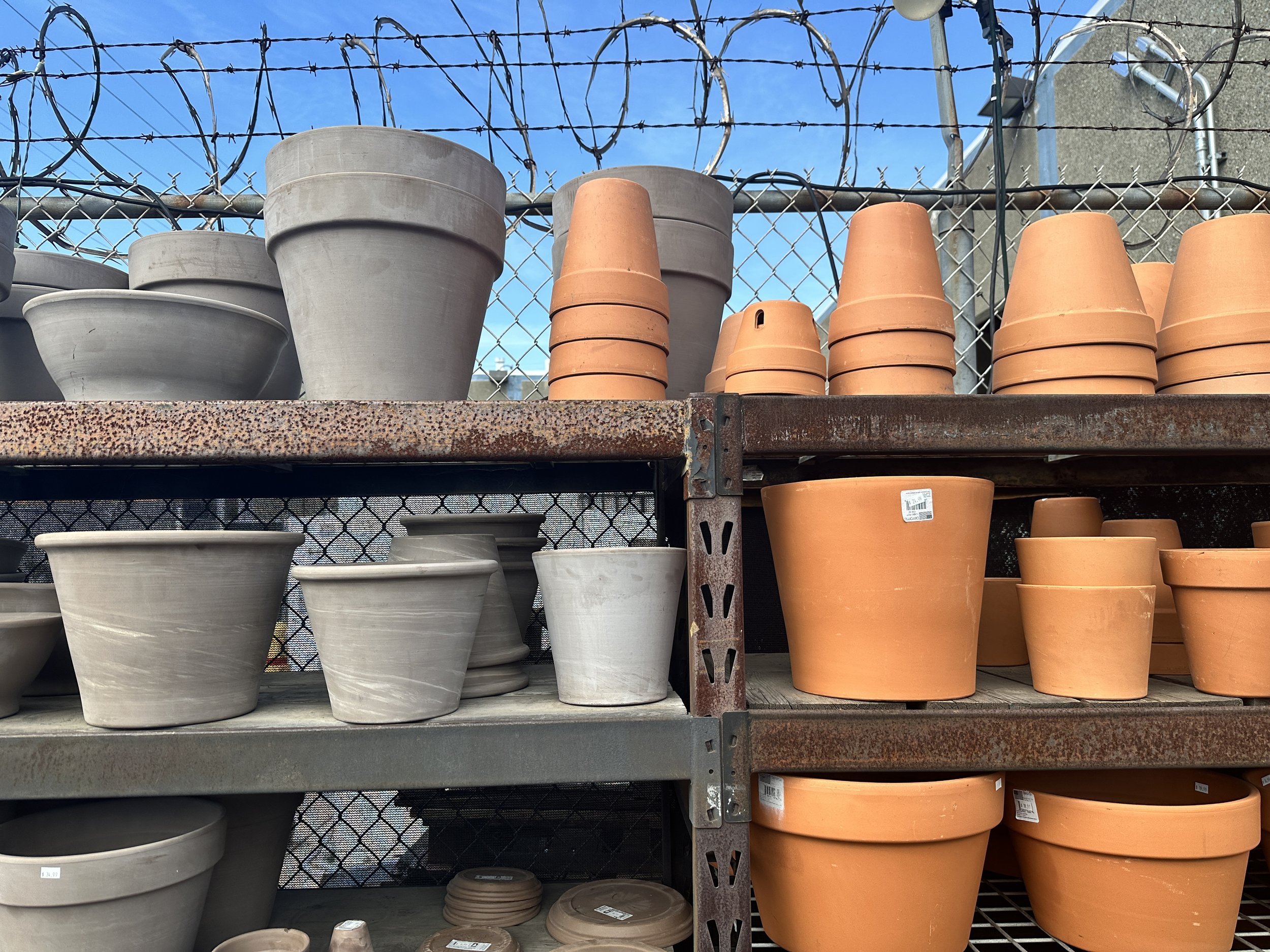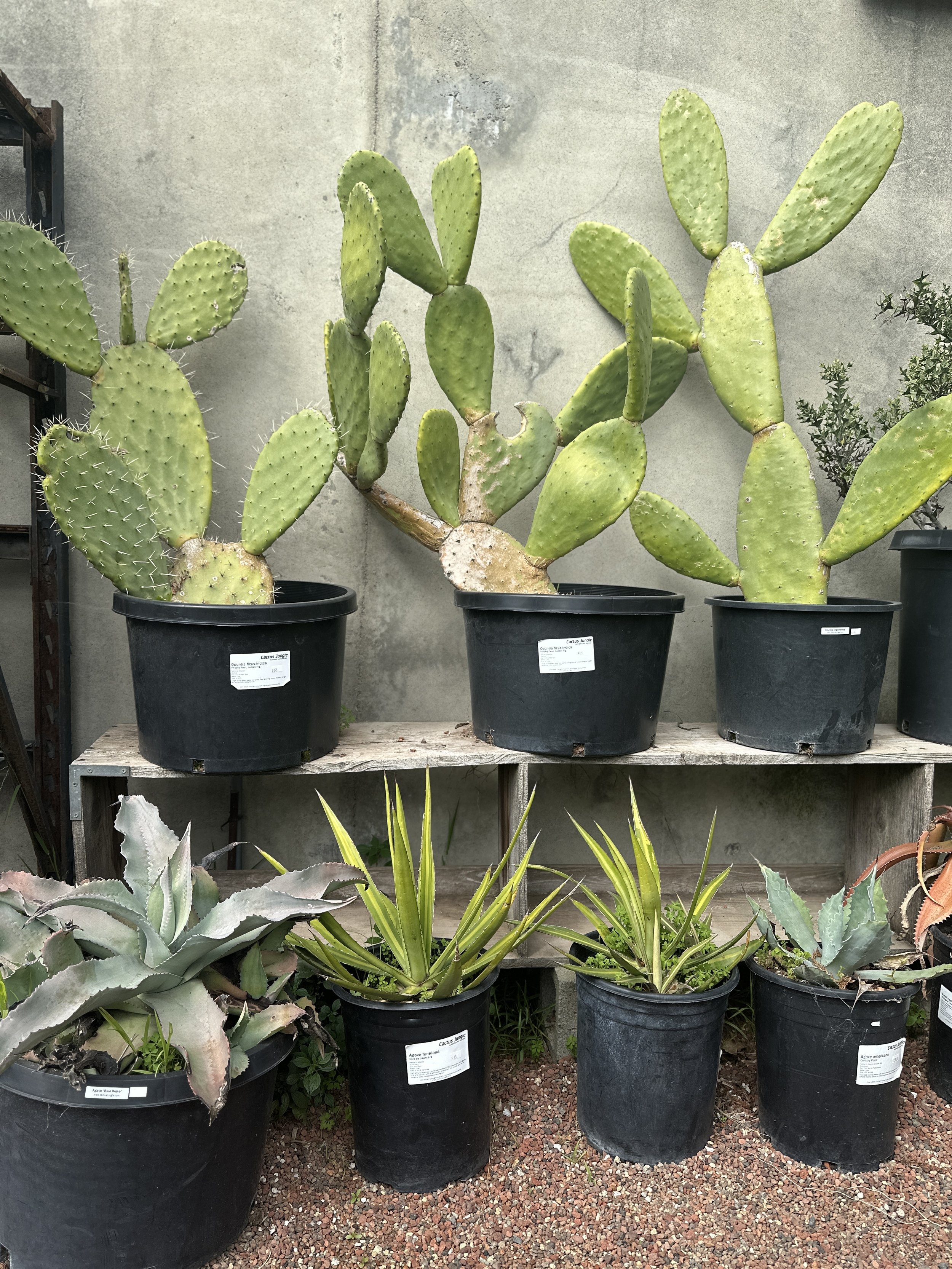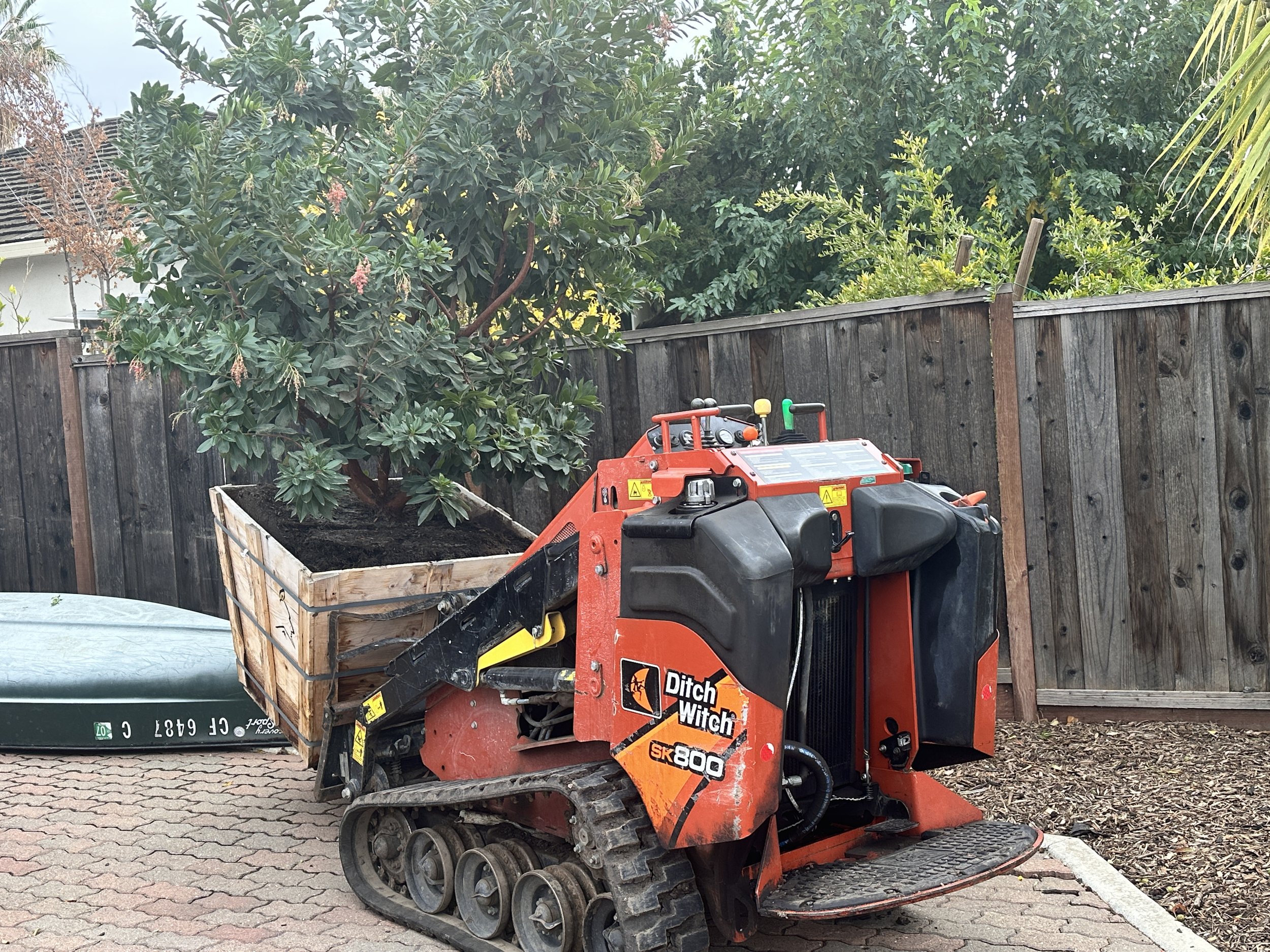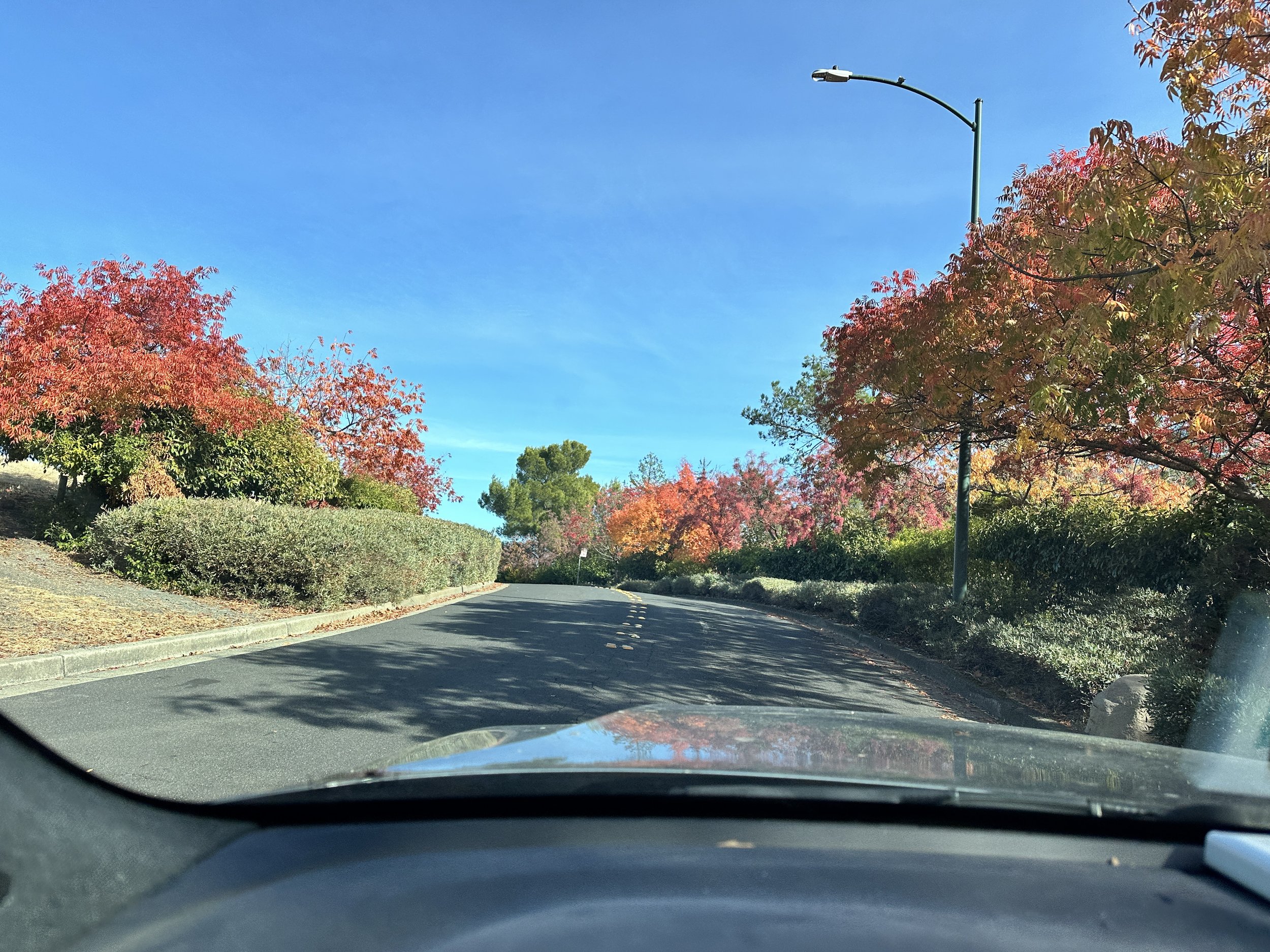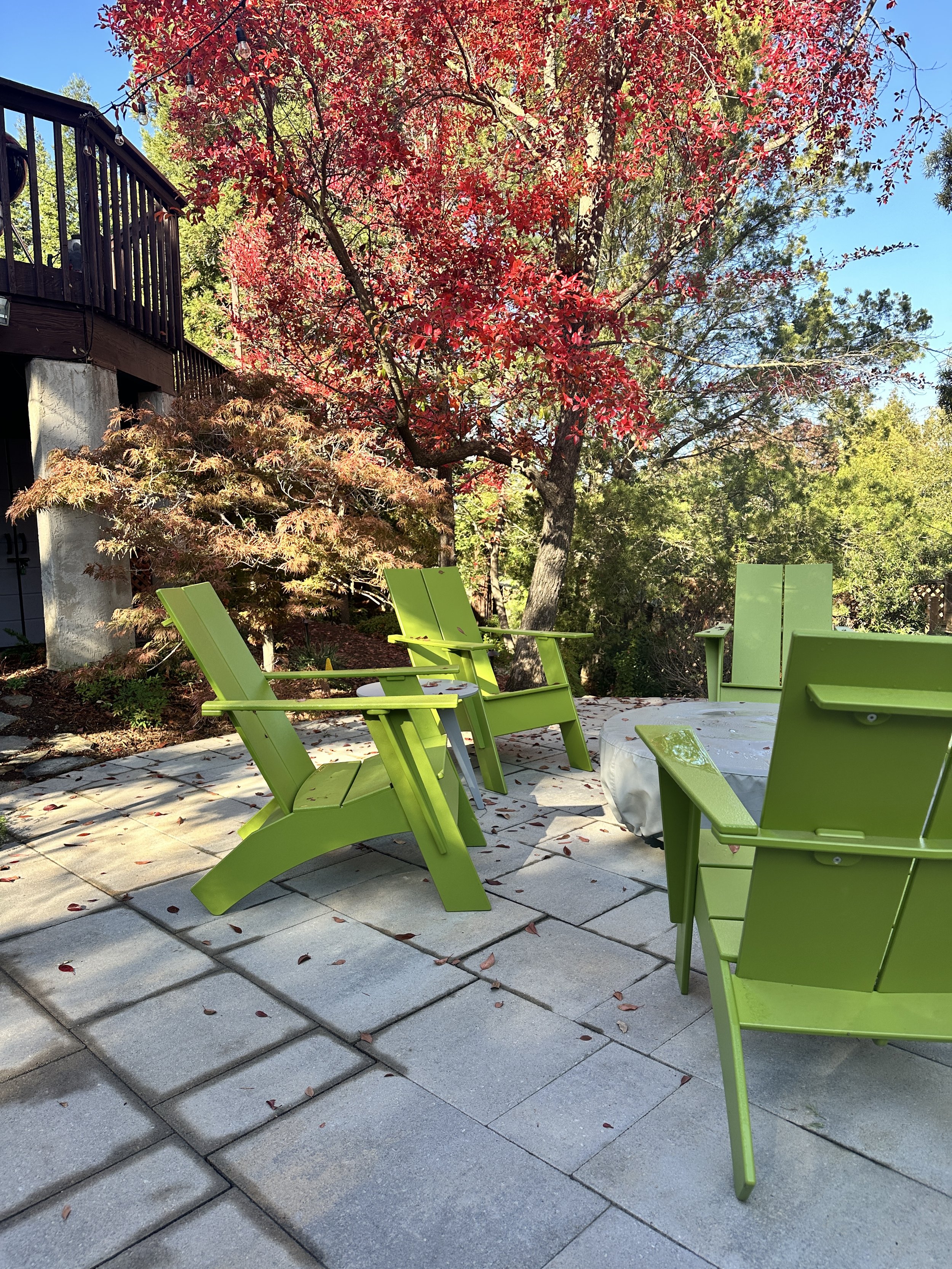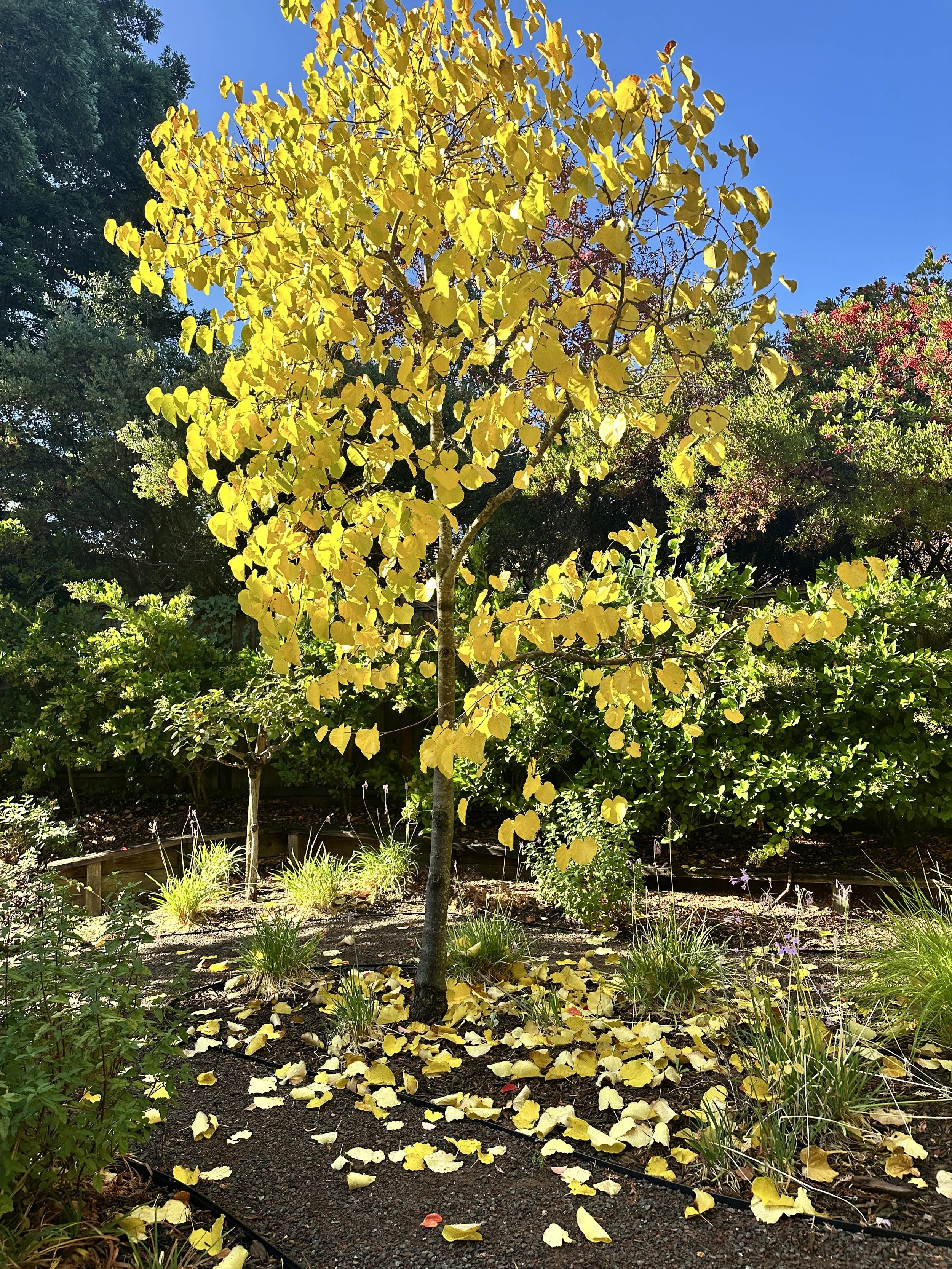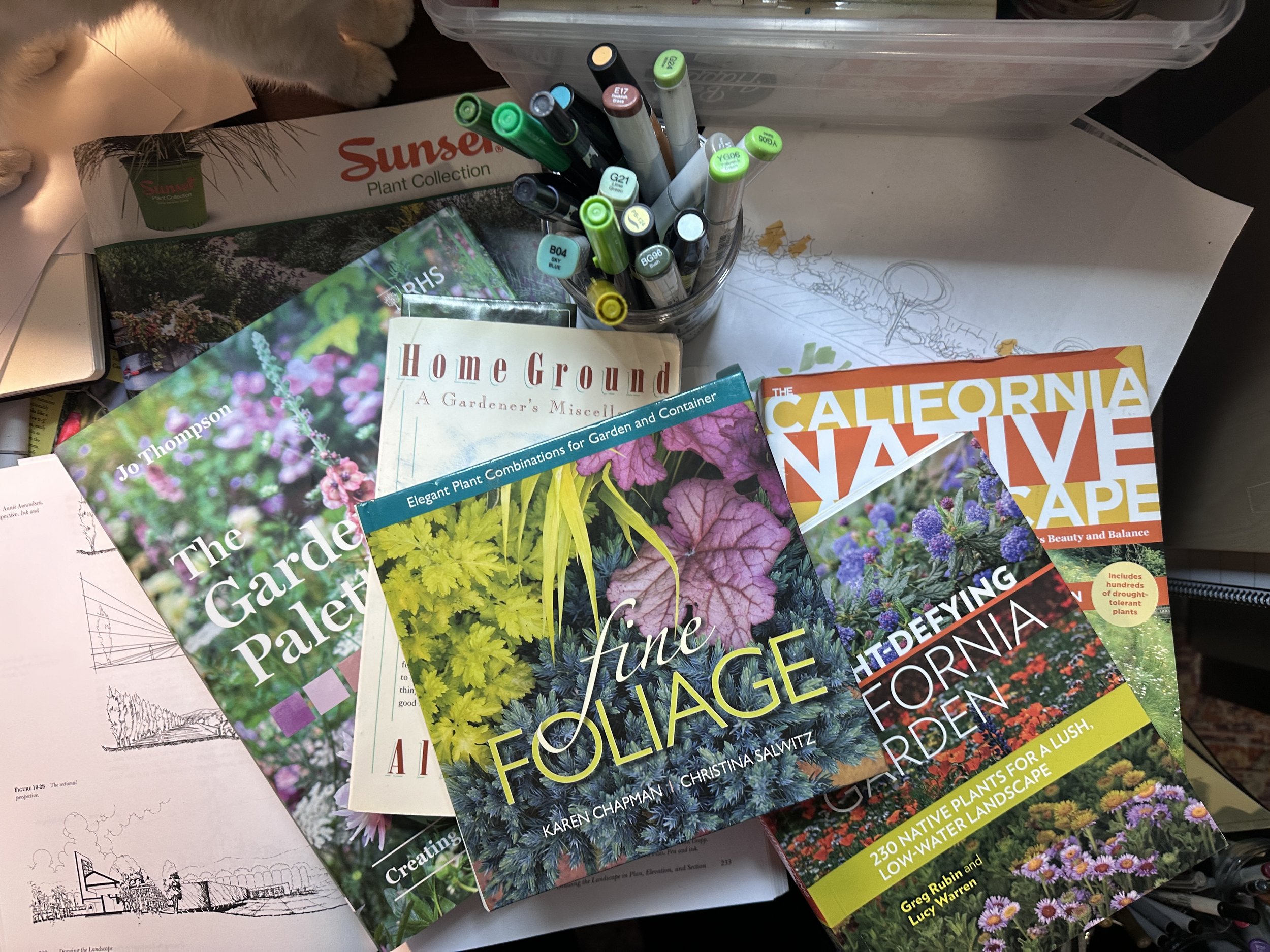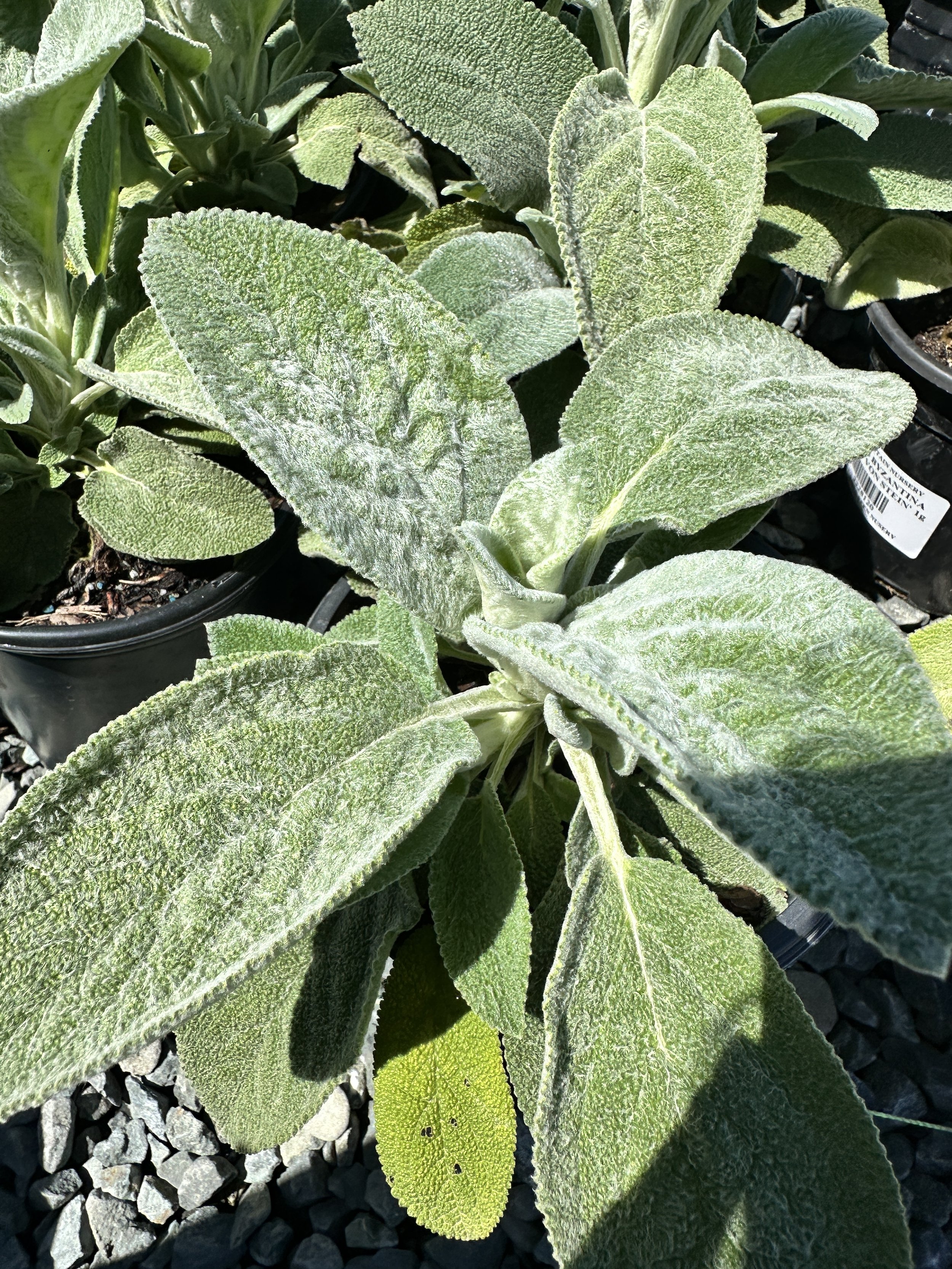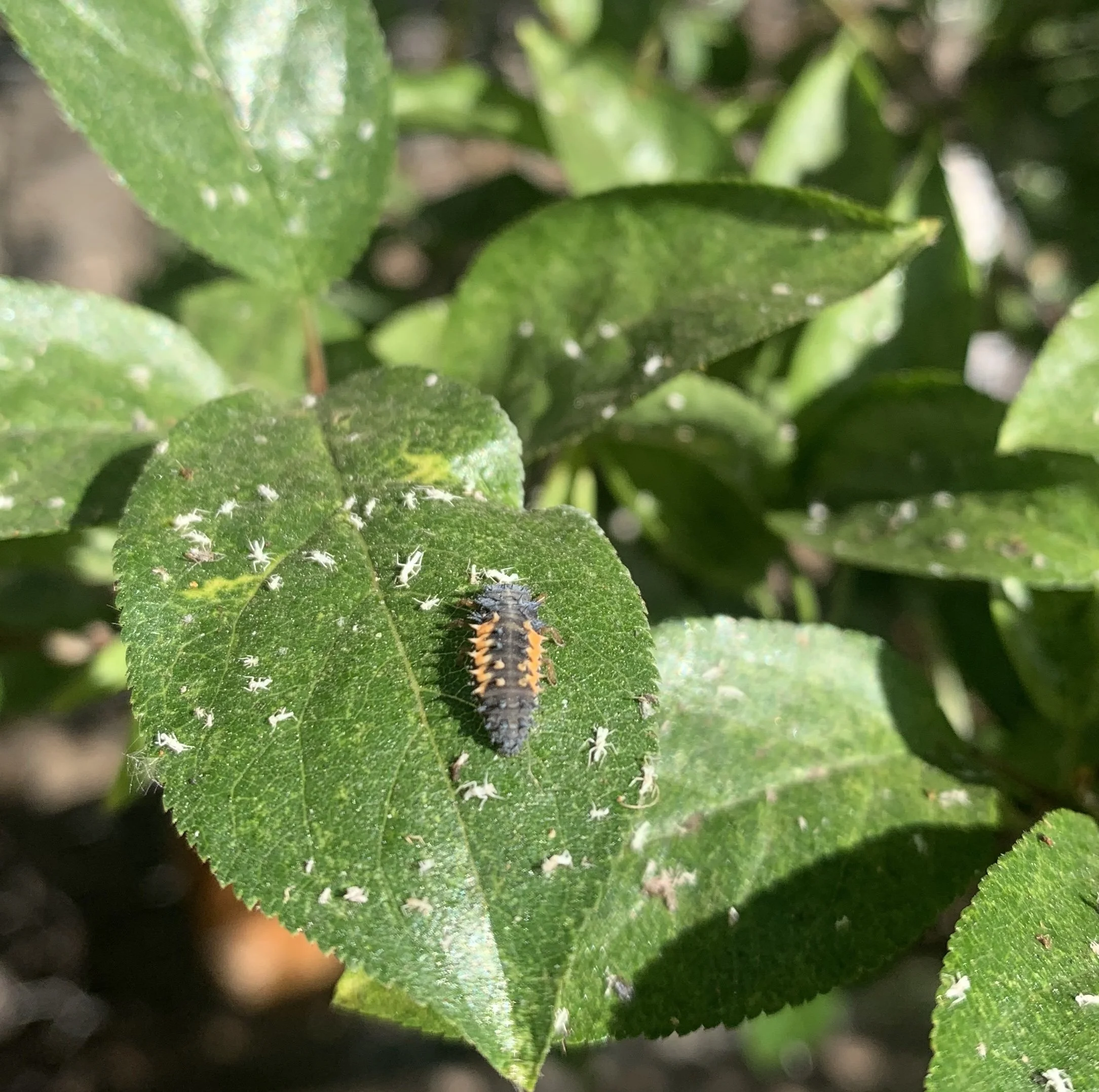I’ve been meaning to write about the Agave ‘Blue Glow’s that are going apeshit in the Kaiser planting strips near my house.
A while back Kaier installed new hellstrip plantings and border plantings around their giant empty lot, which btw, would be a lot cooler if they made it a native meadow until such time they decide to build another massive honking hospital right there.
Anyway, they put in very mature Agaves and it did look very nice! They also put in some nice native plants - Rhamnnus, Artemisia, Achilleas. They did NOT maintain these plants in a nice way. Instead I would walk by and burn with horrified rage as I watched the staff turn the Rhamnnus and Arctostayphylos into little perfectly shaped buns. :O I have snapped many outraged pictures of this over the last few years.
Anyway, the Agaves were put in pretty mature. I would guess at like 10 -15 years old. So now they are blooming! It is very interesting to watch the various stages.
I think this is the agave getting ready to bloom.
What exactly is going on with the two above examples? One has the huge bloom stalk and one has a smaller stalk with flowers. The plant with the flower stalk has a bunch of pups in the middle and the huge stalk one does not. Is this just two stages of blooming? Blue Glow is a hybrid of Agave attenuata x Agave ocahuiIs. Is this just weirdness from the being a hybrid? I know nothing.
this one has a bunch of pups in the center but no bloom stalk. also, it looks like someone threw some trash in the center of it…
Check out this close up of the flower. Neat!
Then there is the first one pasted below. What is all the weird white stuff in teh center. It looked… slimy. My camera did not focus correctly so it is out of focus but then there was another one nearby that had this fiberous white stuff so maybe it’s the same thing? IDK. But, like I said up top, these plants are all going apeshit in different ways and it is fascinating. I bet the SF Succulent Society would know. I am a member even though I never make it to the meetings in SF. I will find someone to ask!
Oh, wait! I just noticed that the second pic has a bunch of spent flowers and now possibly the big stalk is going to happen. I’ll go back in a few days and see what these bad boys are doing.
This post on the blog Piece of Eden has some more informed information about Blue Glows.
Here’s a post by Debra Baldwin (a succulent goddess if ever there was one) about blooming agaves of various kinds: https://debraleebaldwin.com/succulent-how-to/your-agaves-blooming-now-what/

